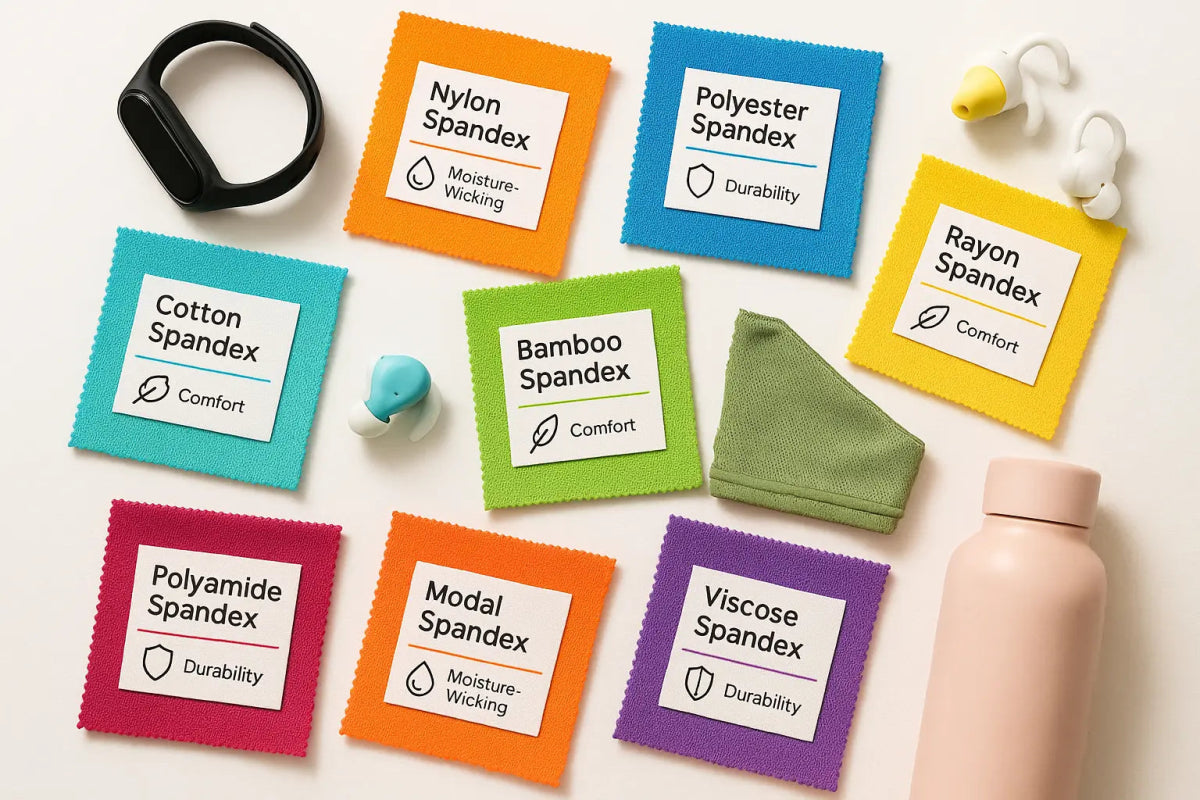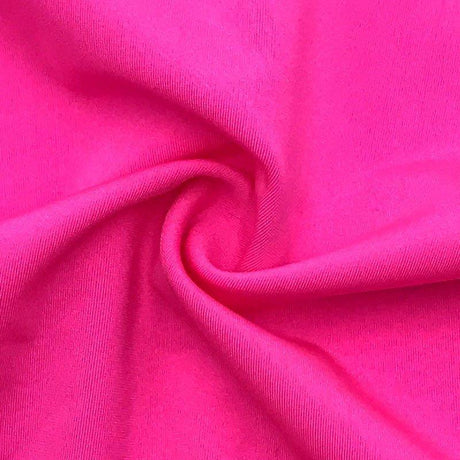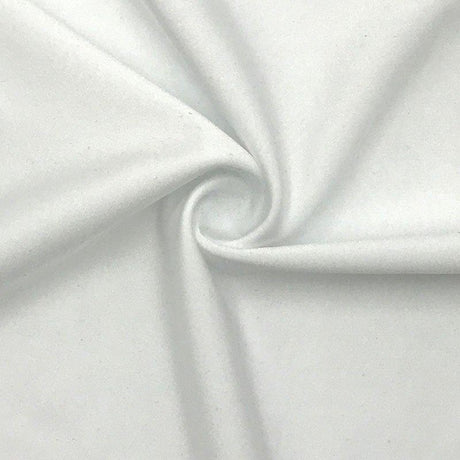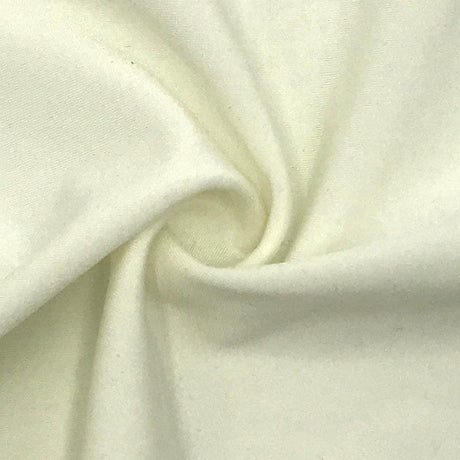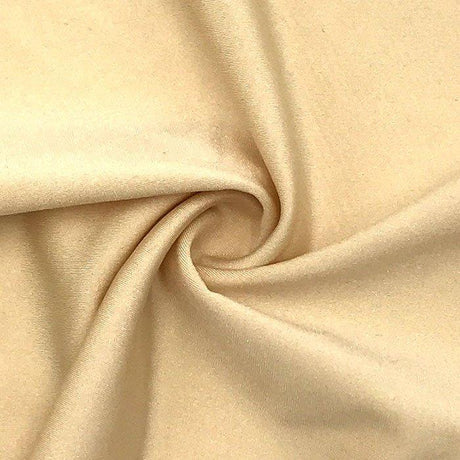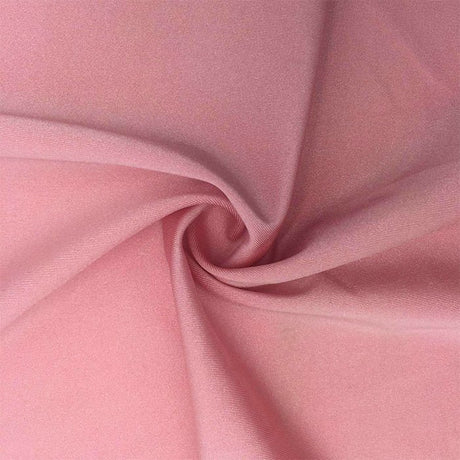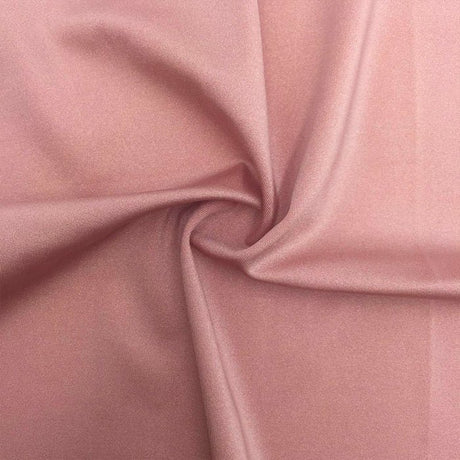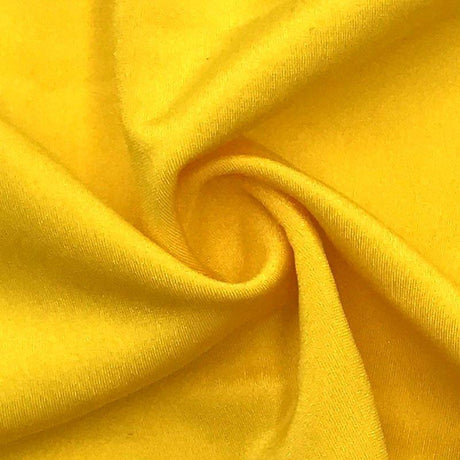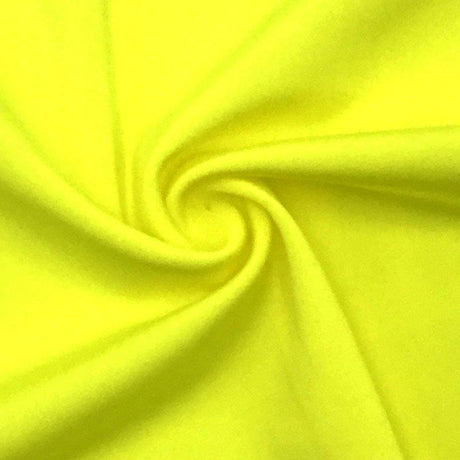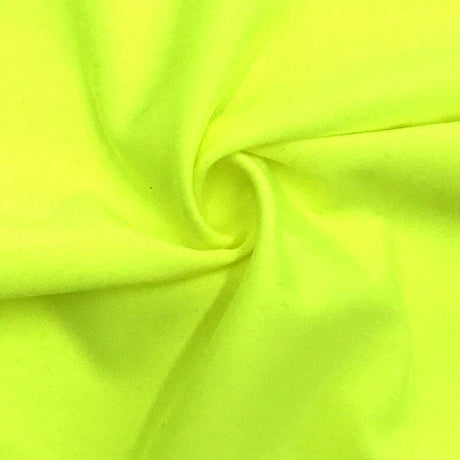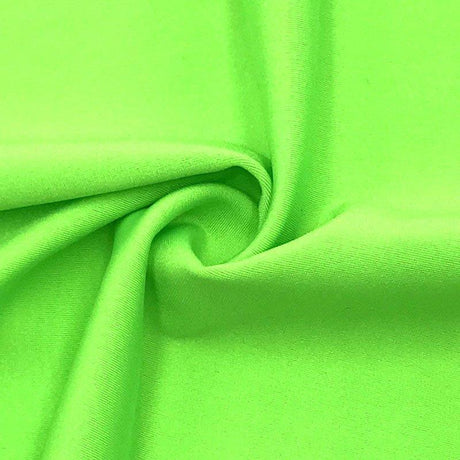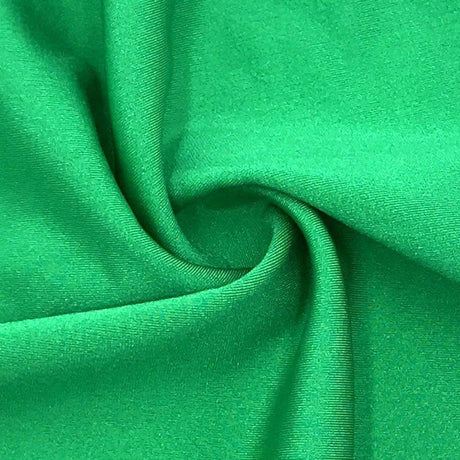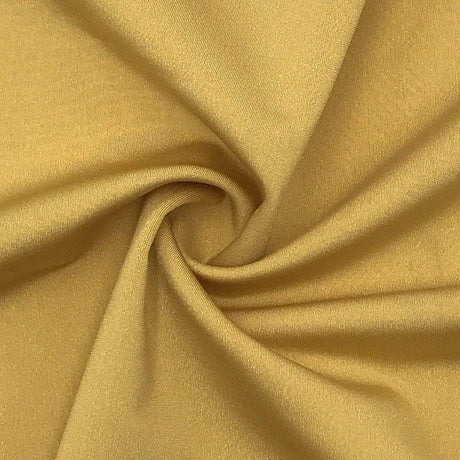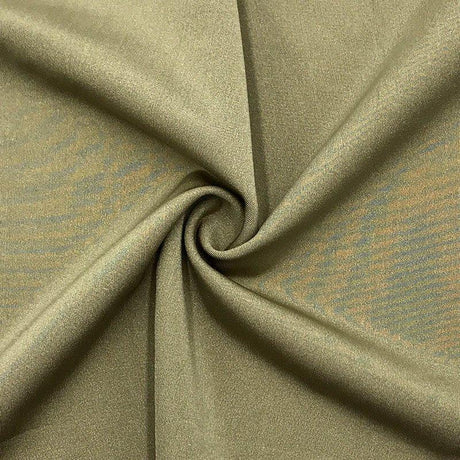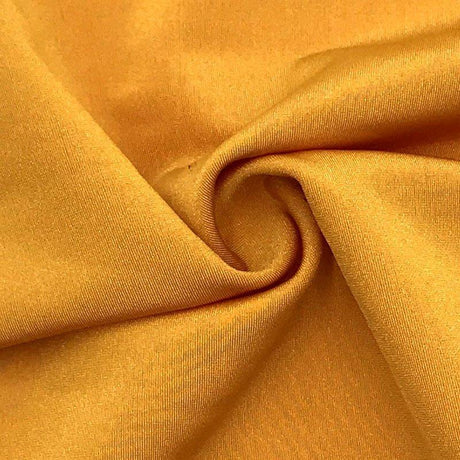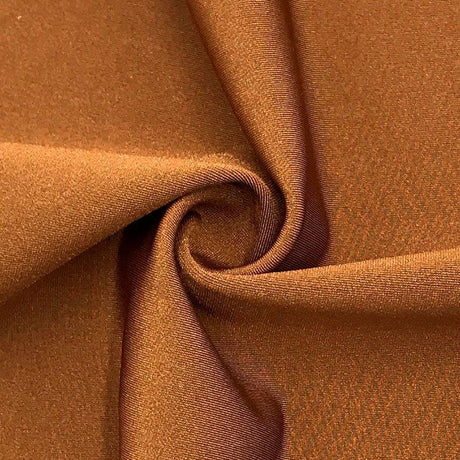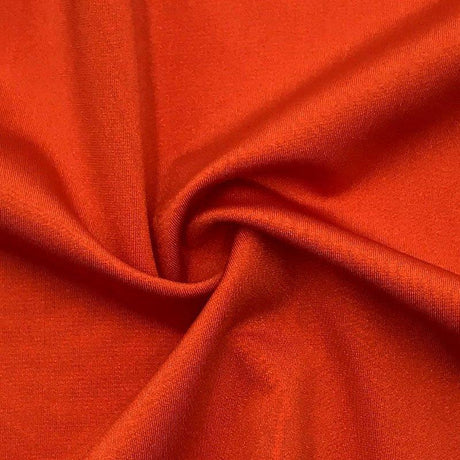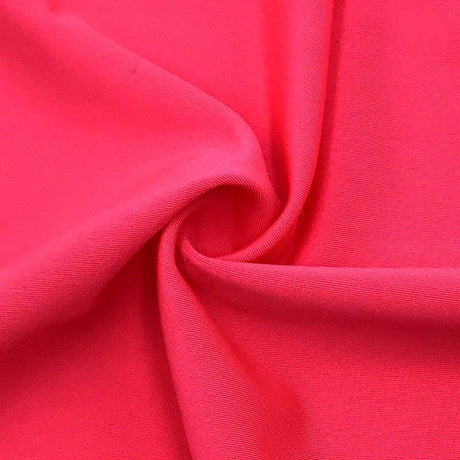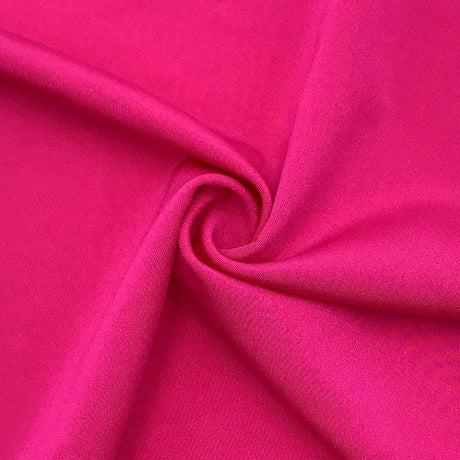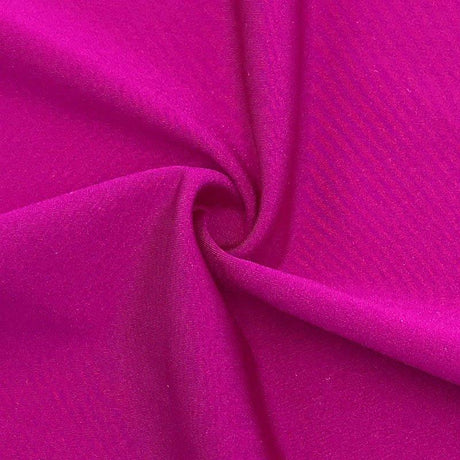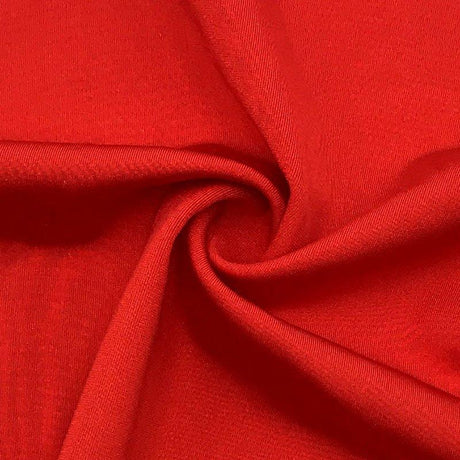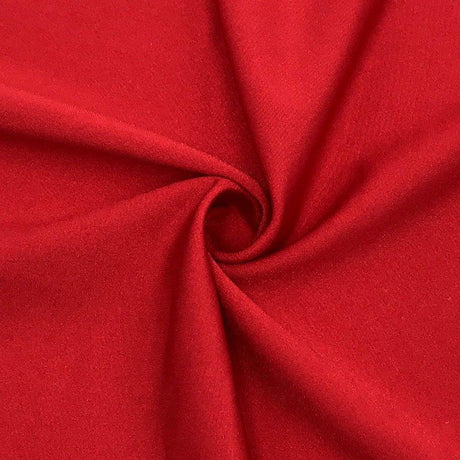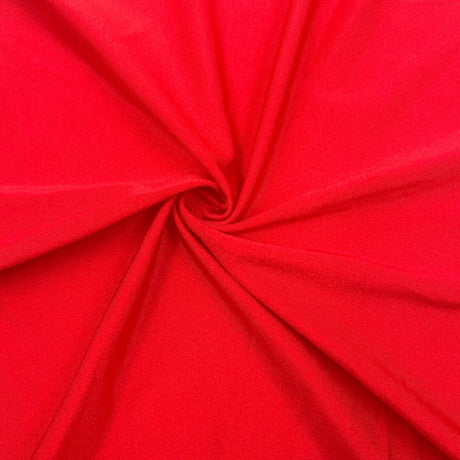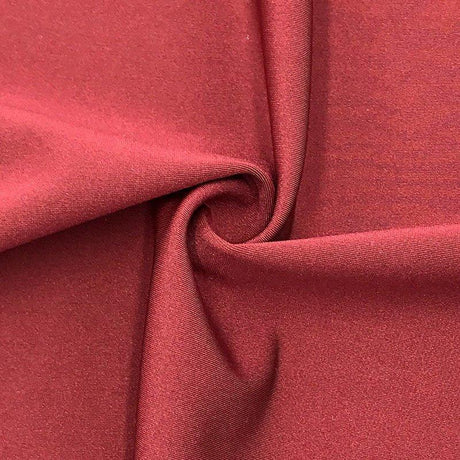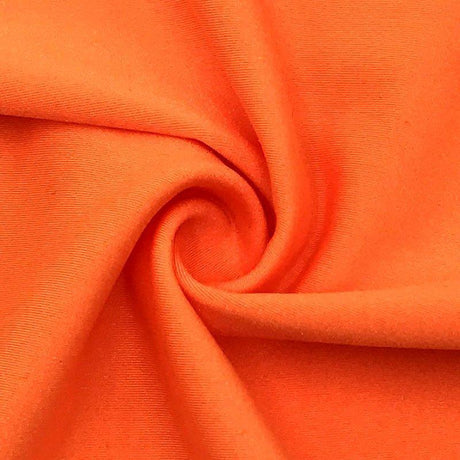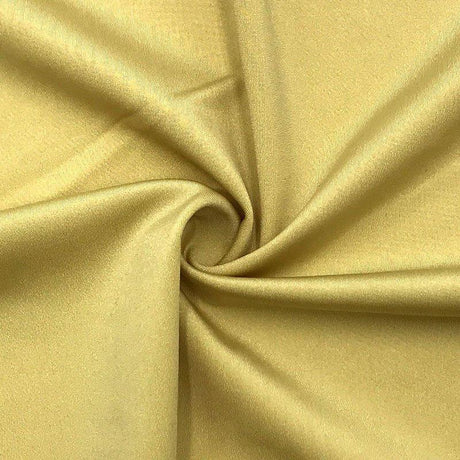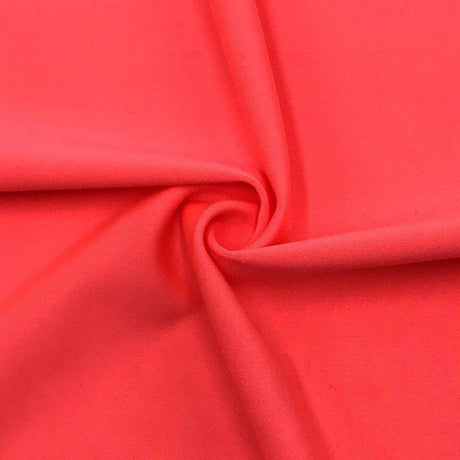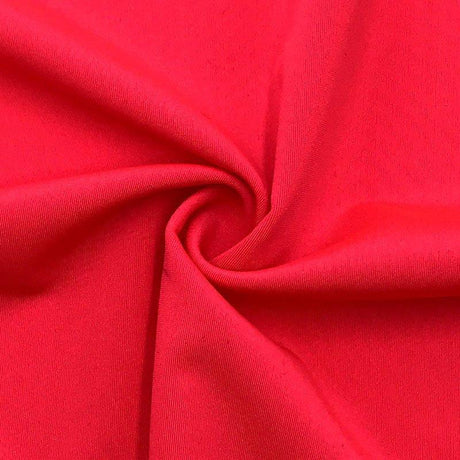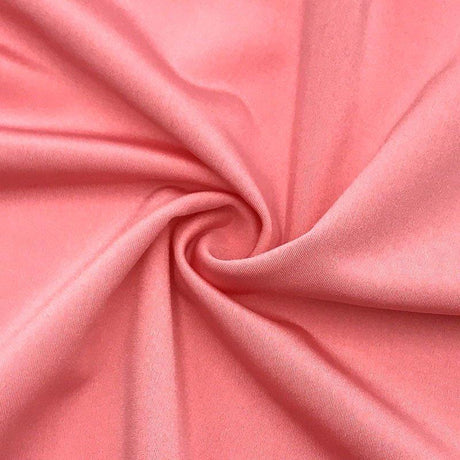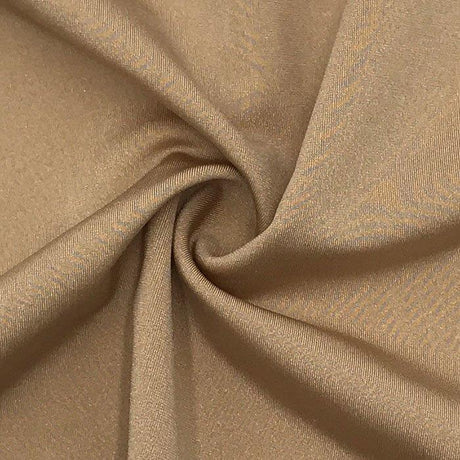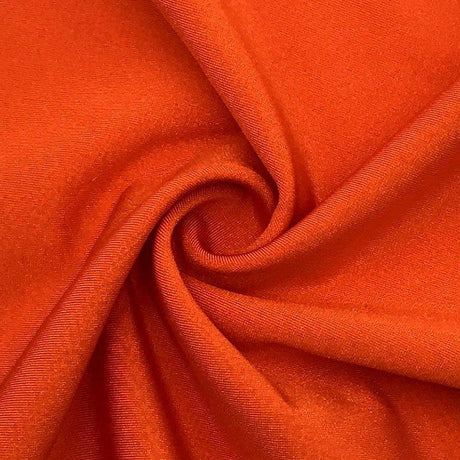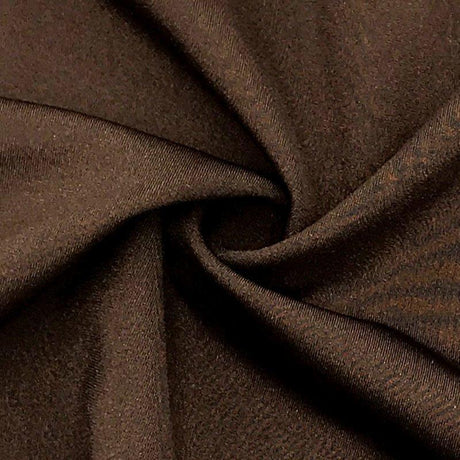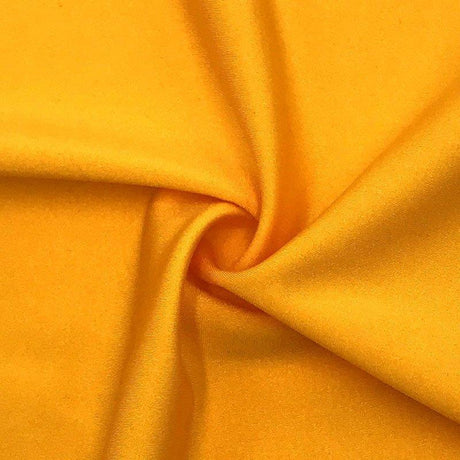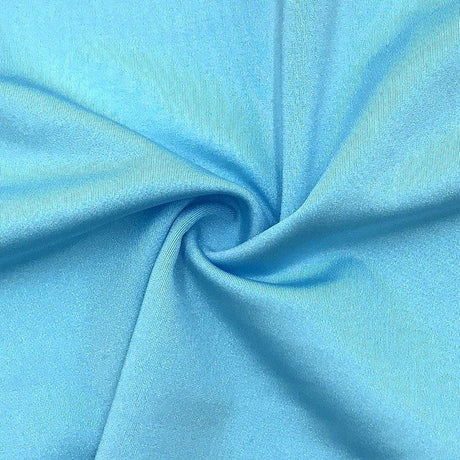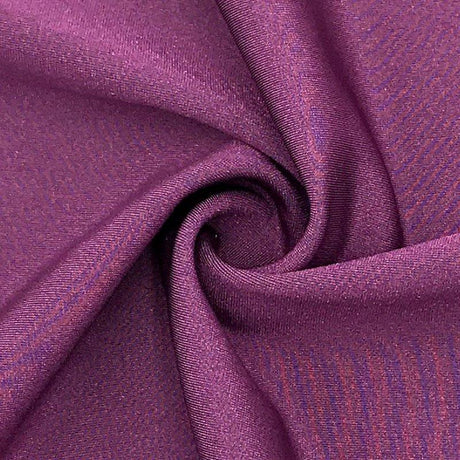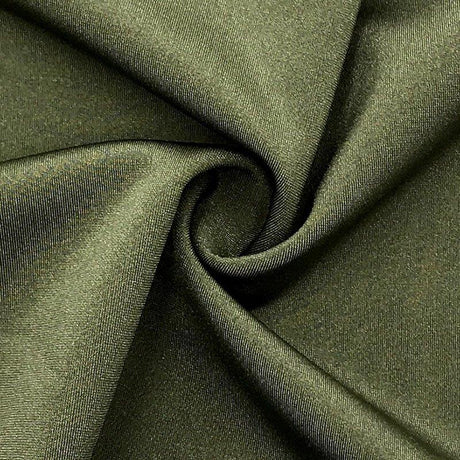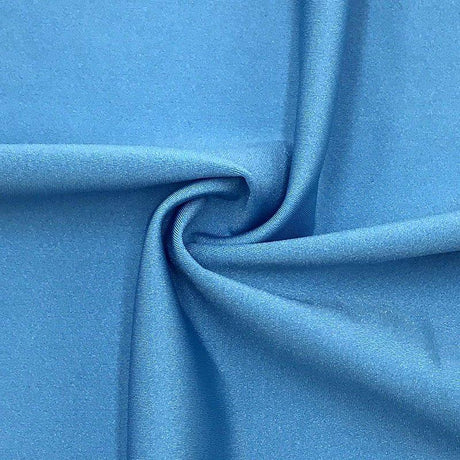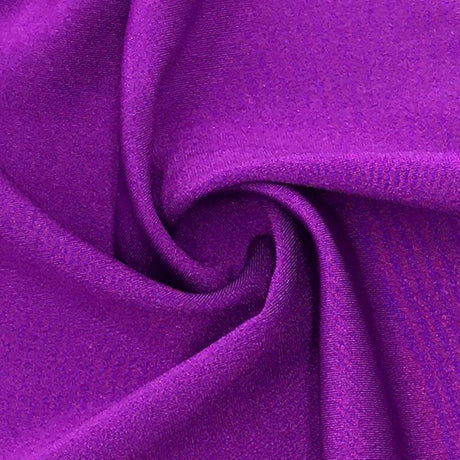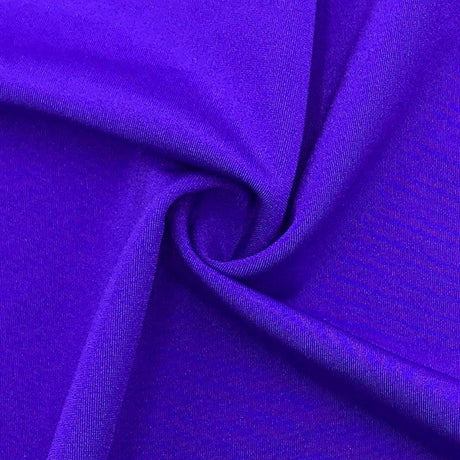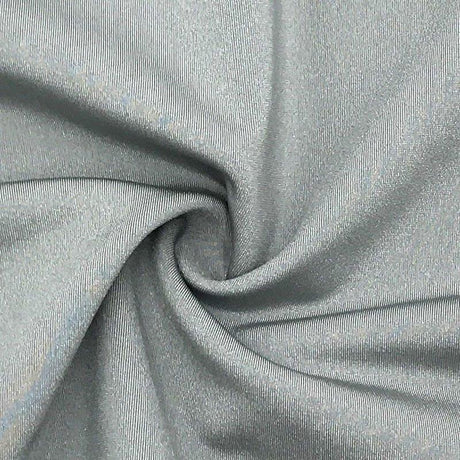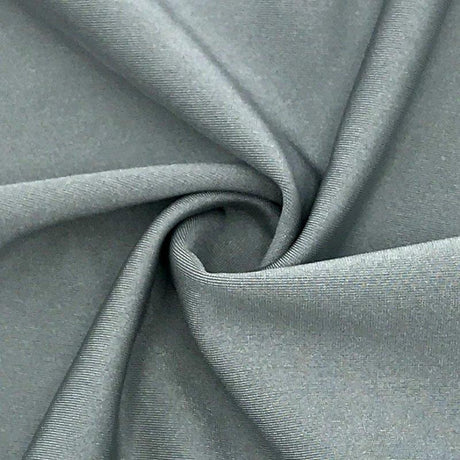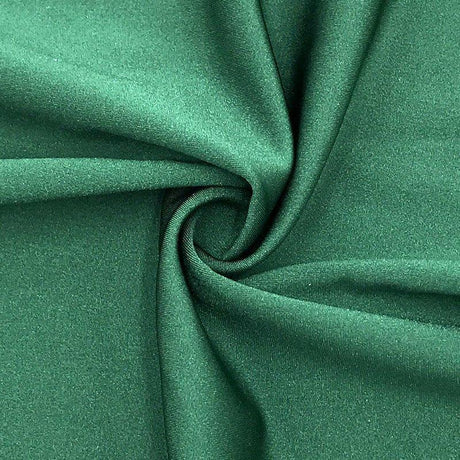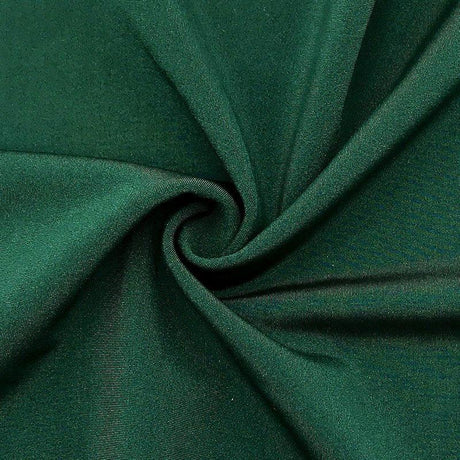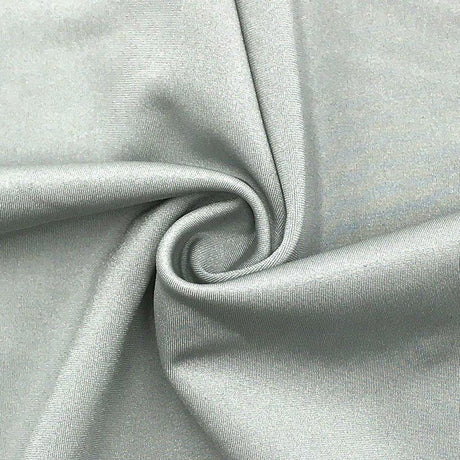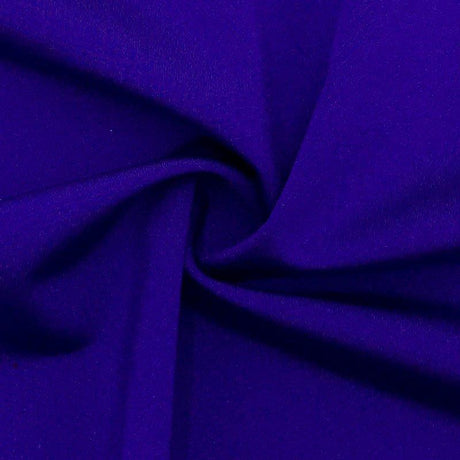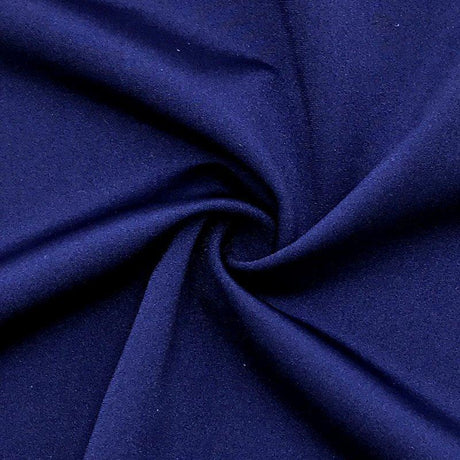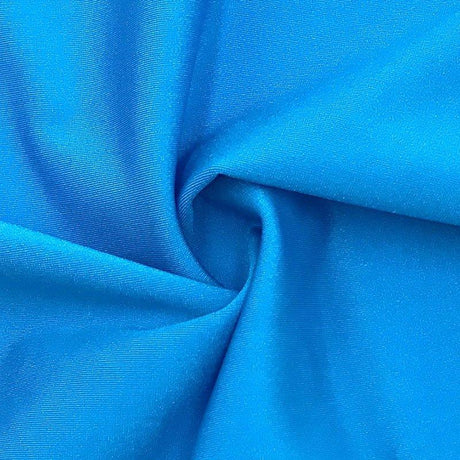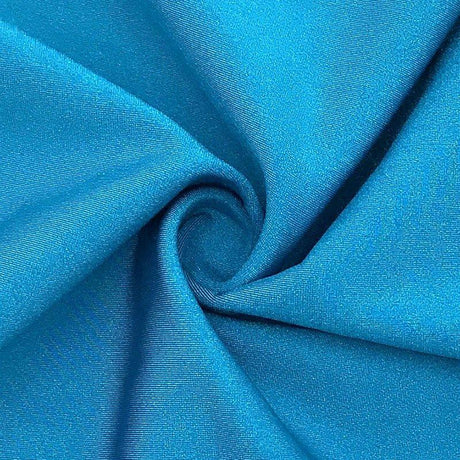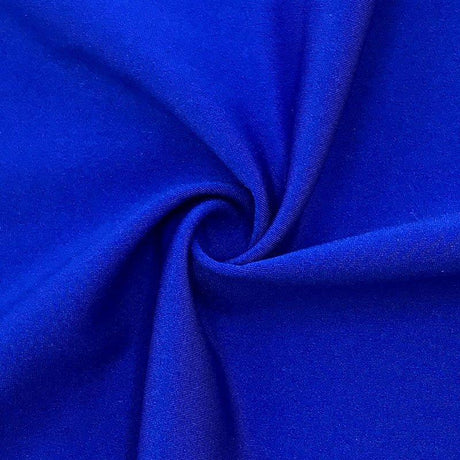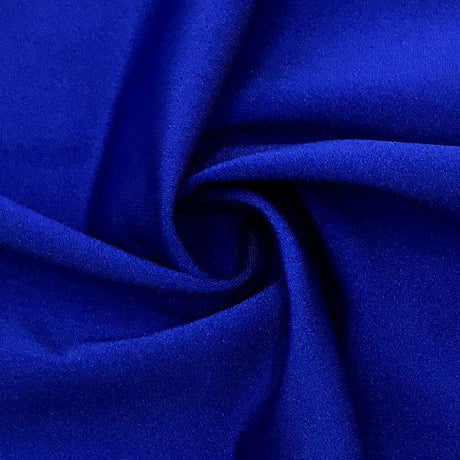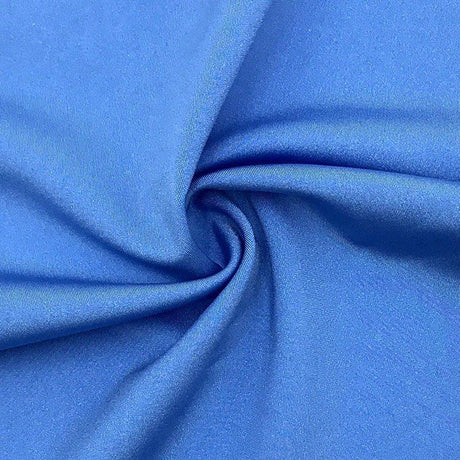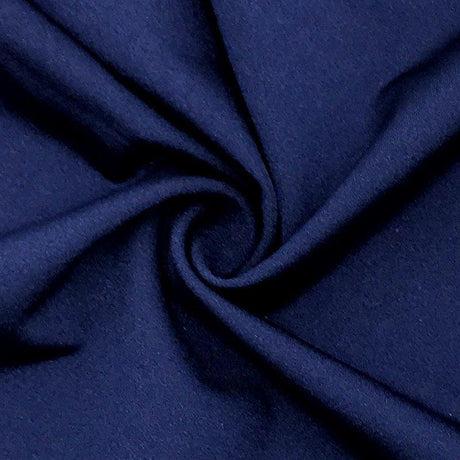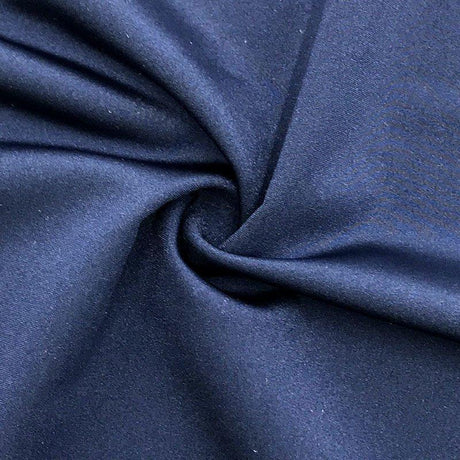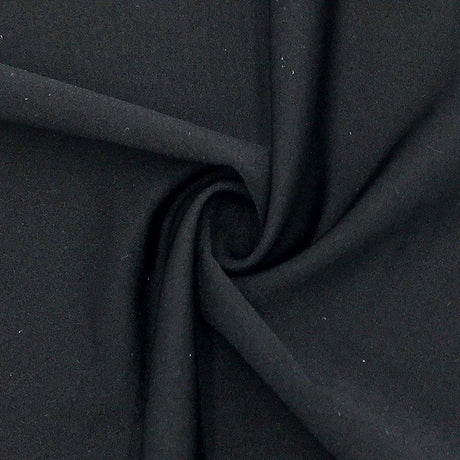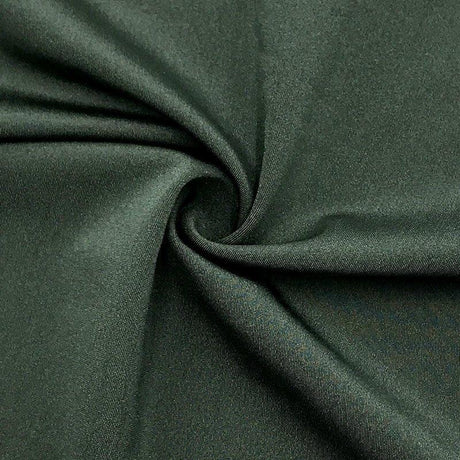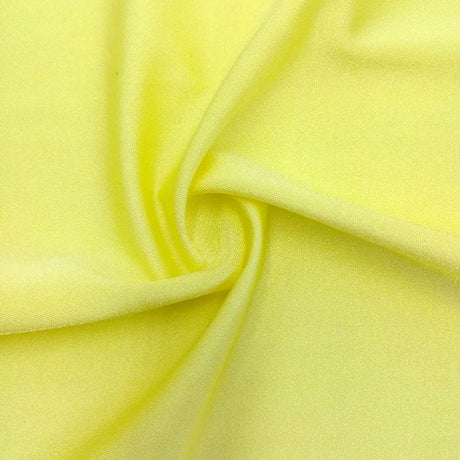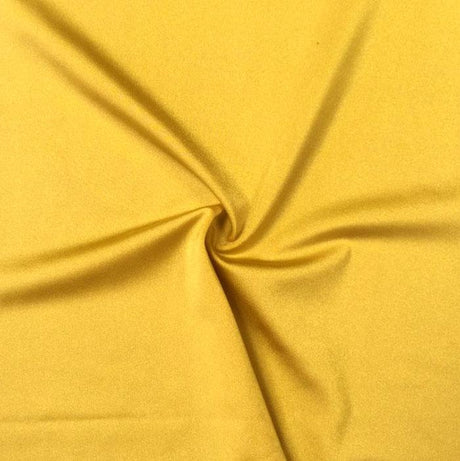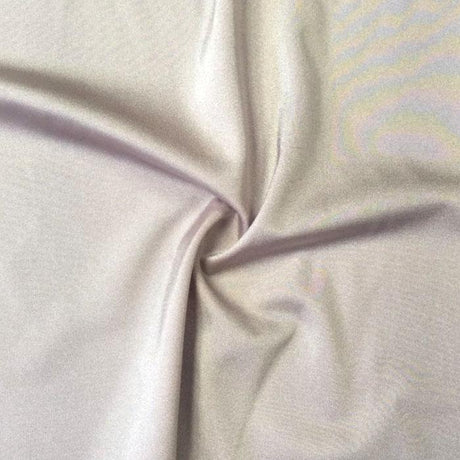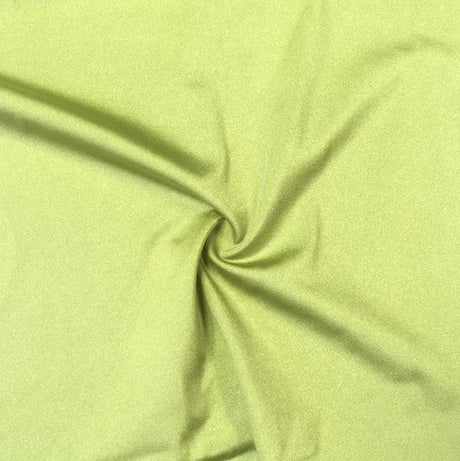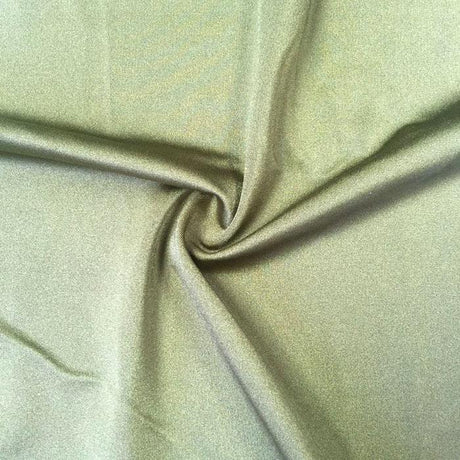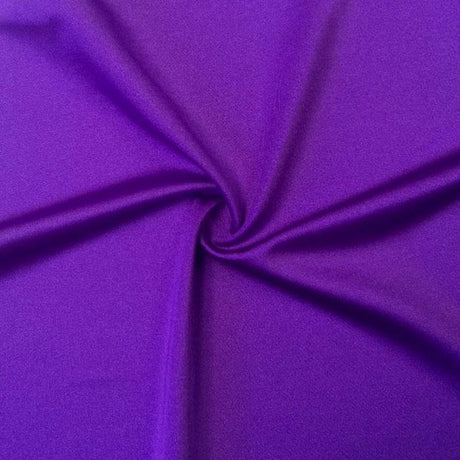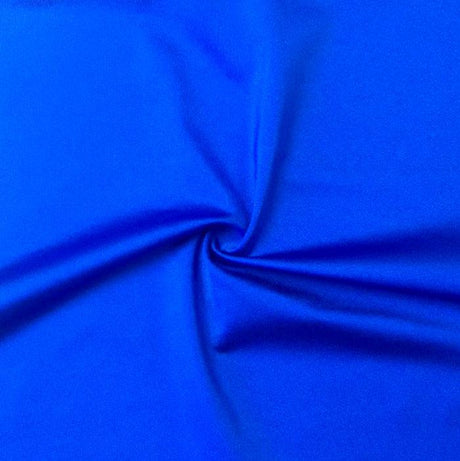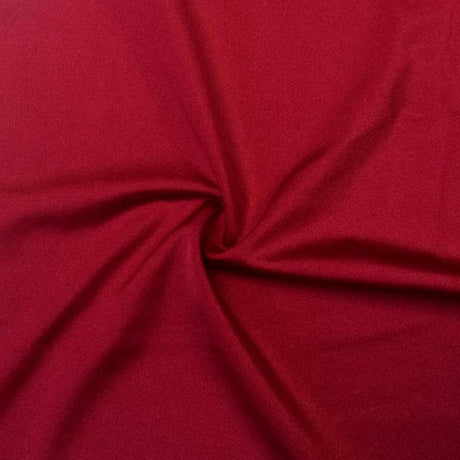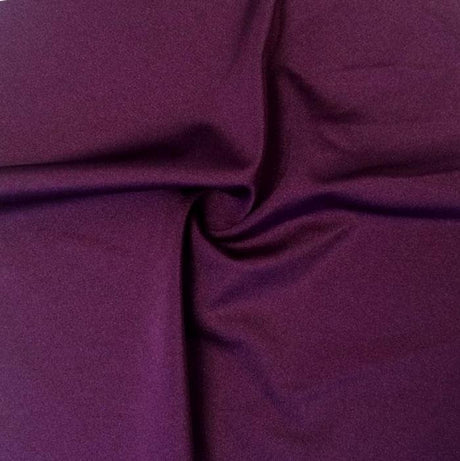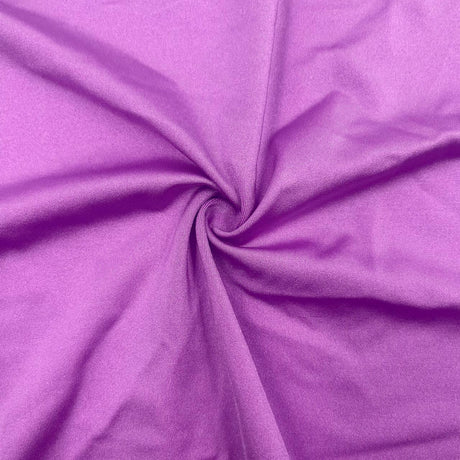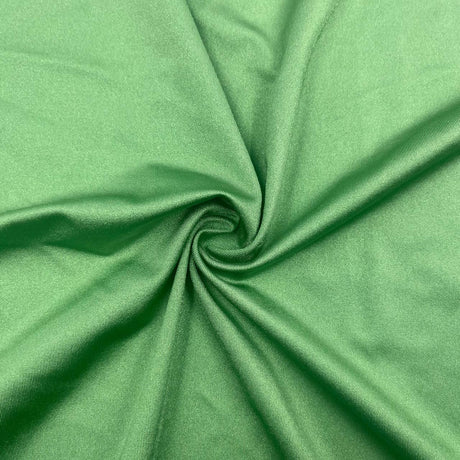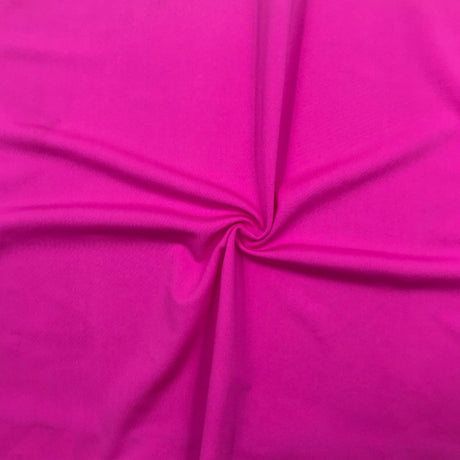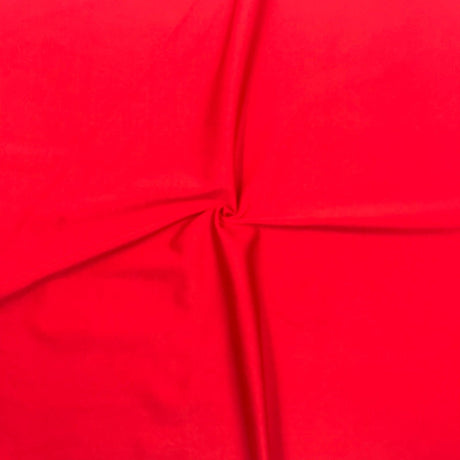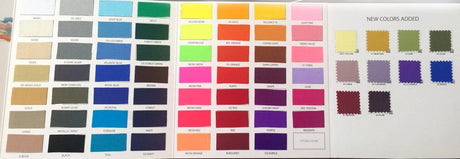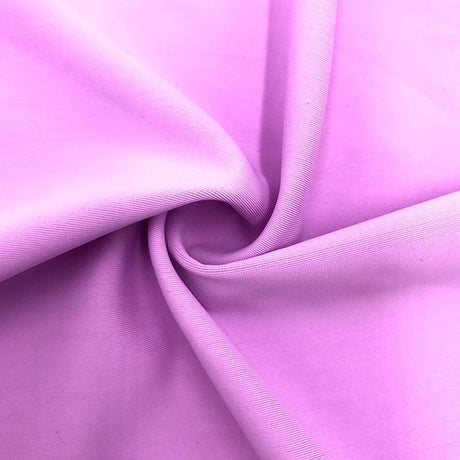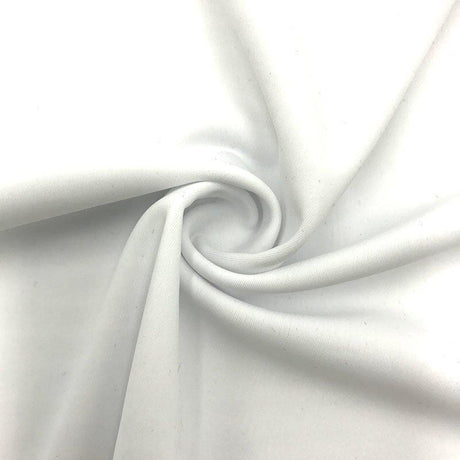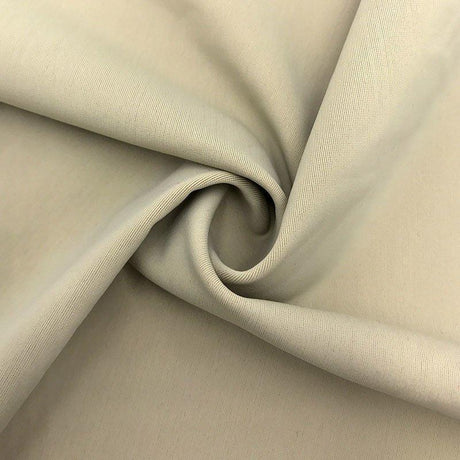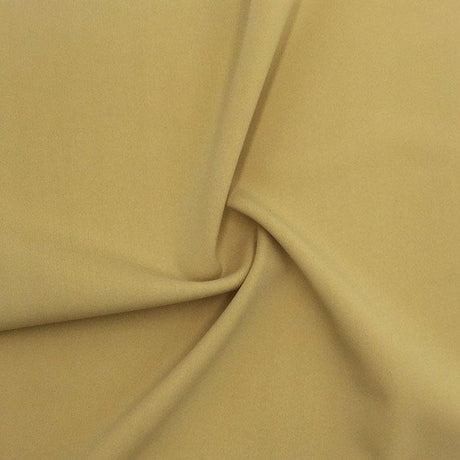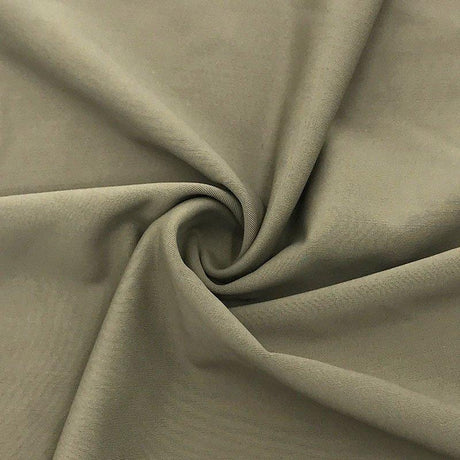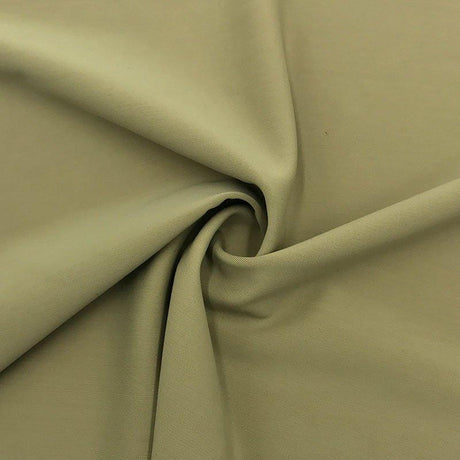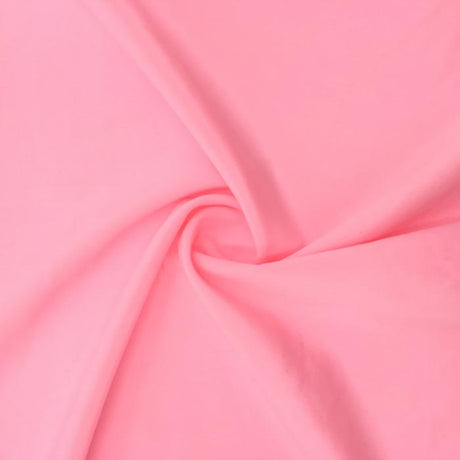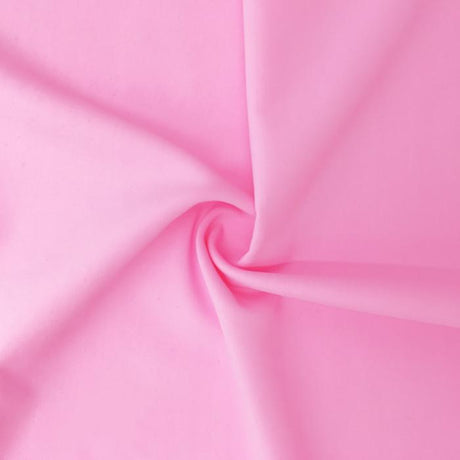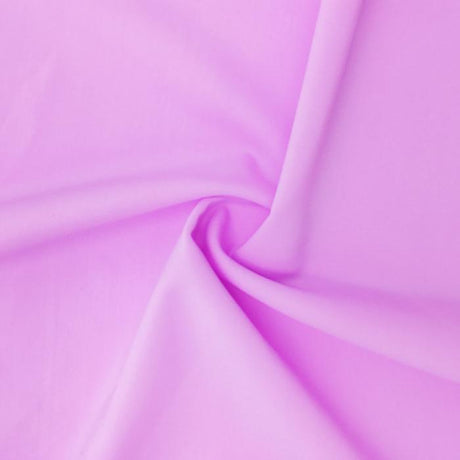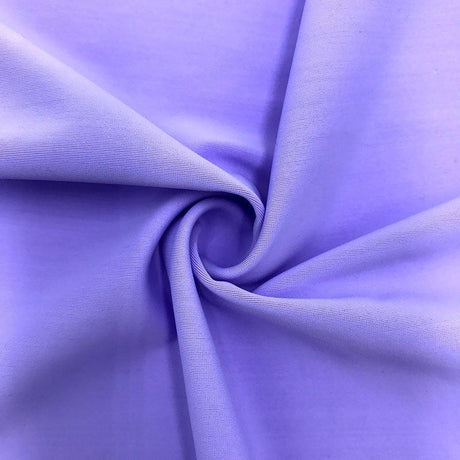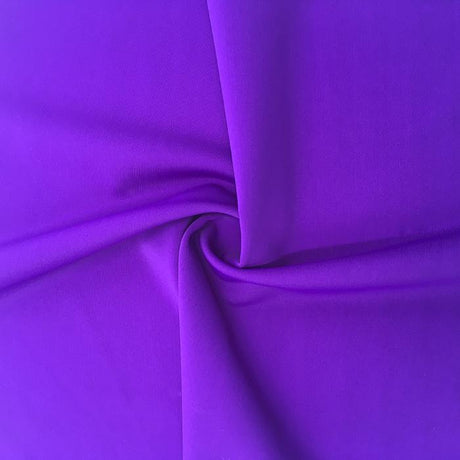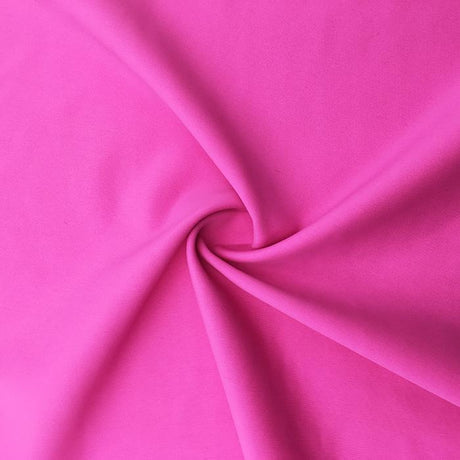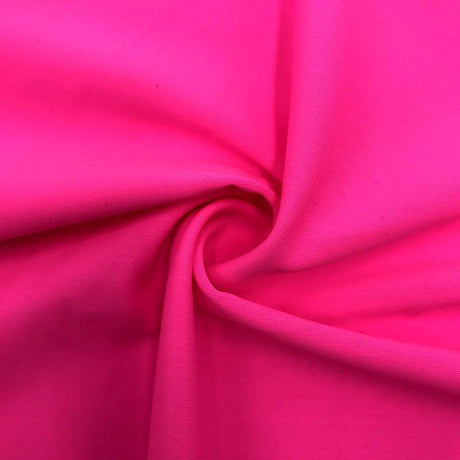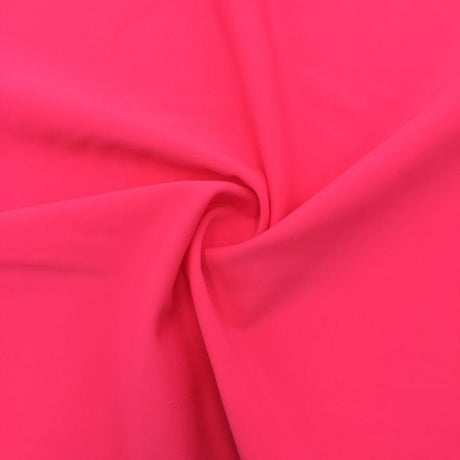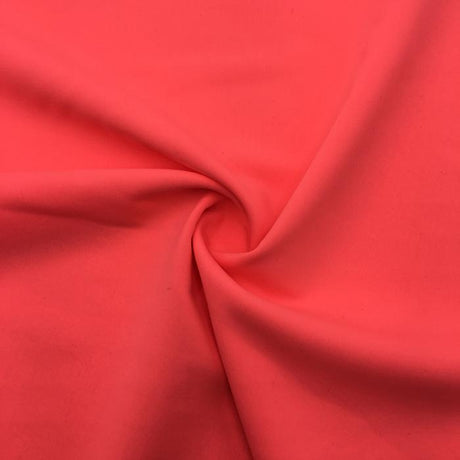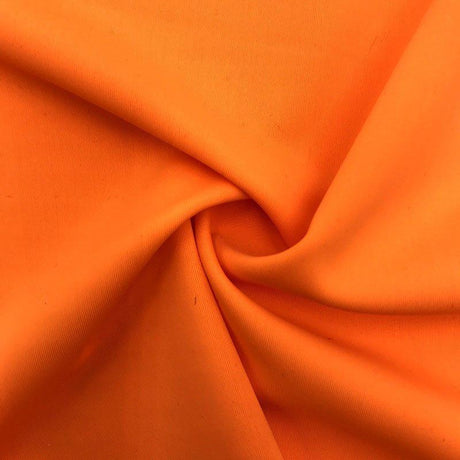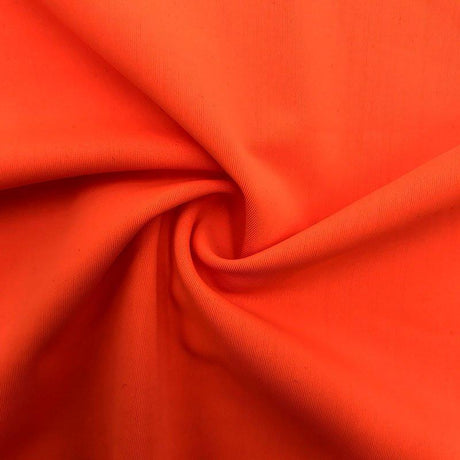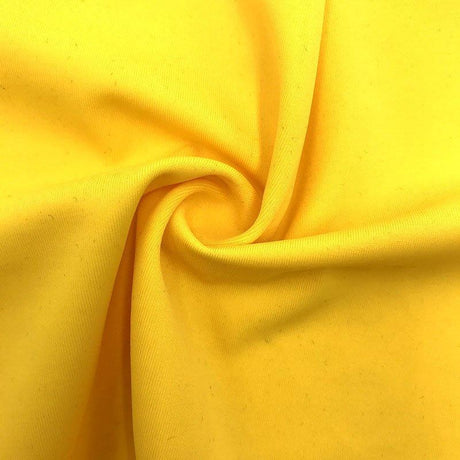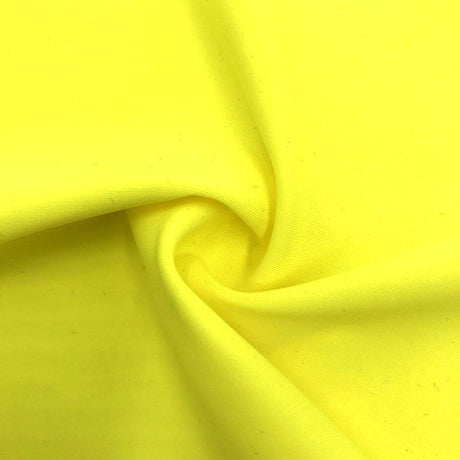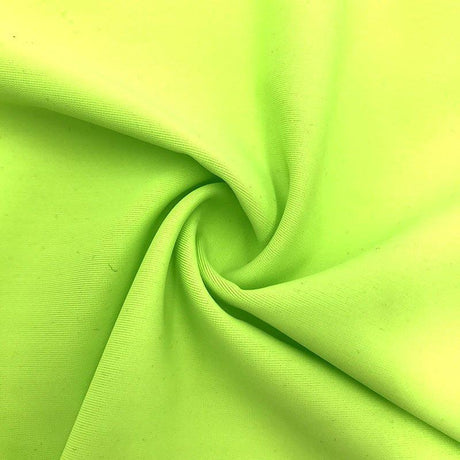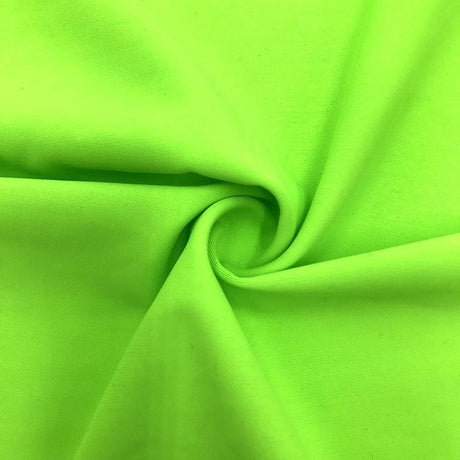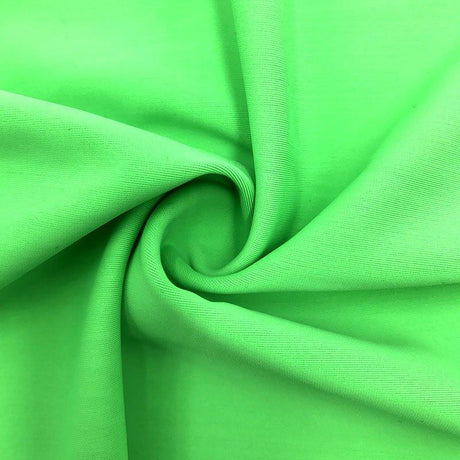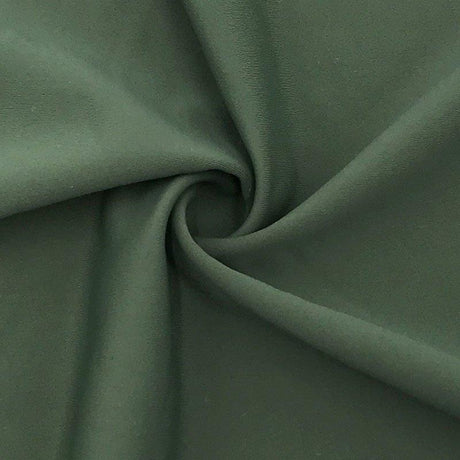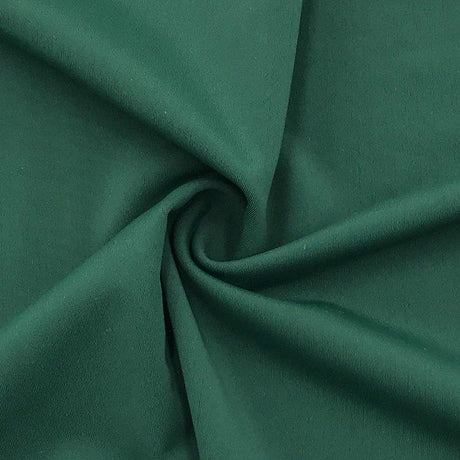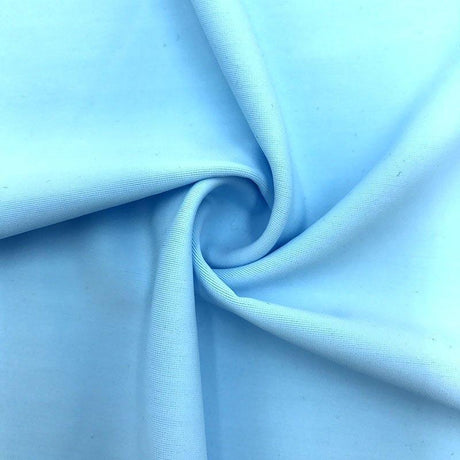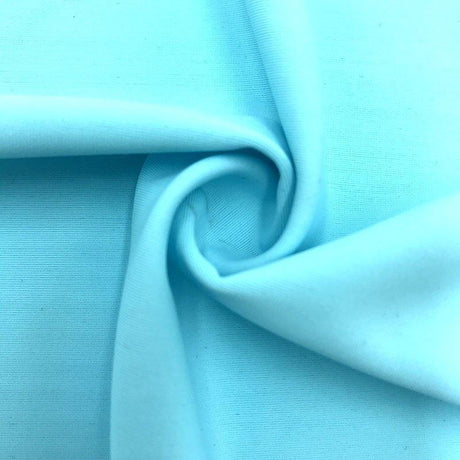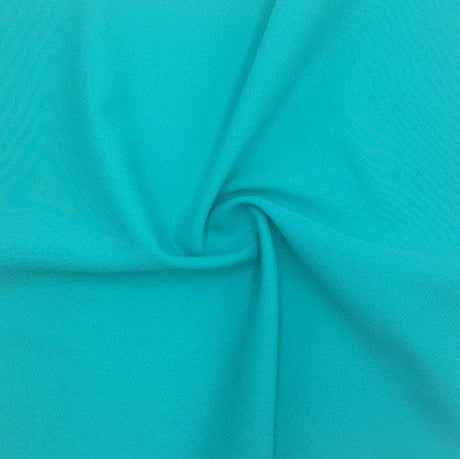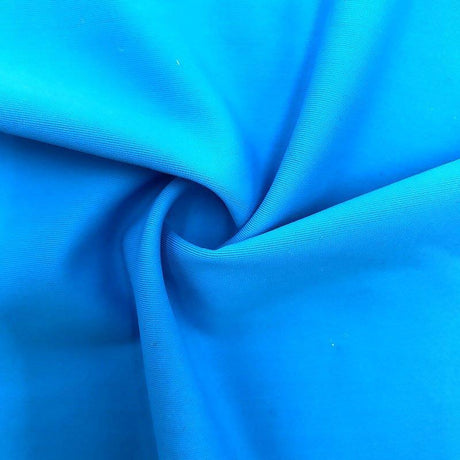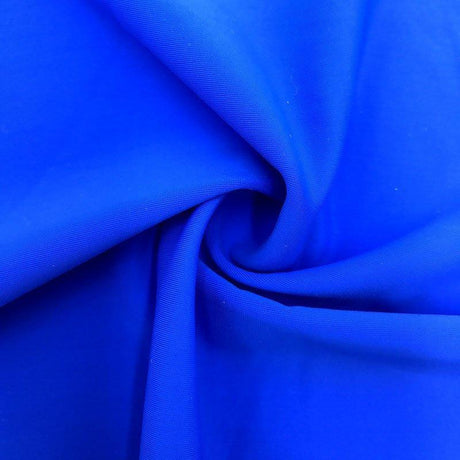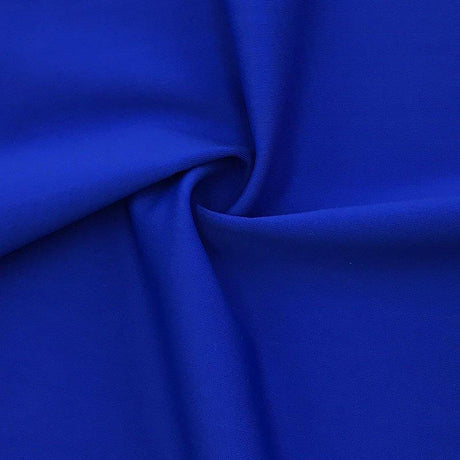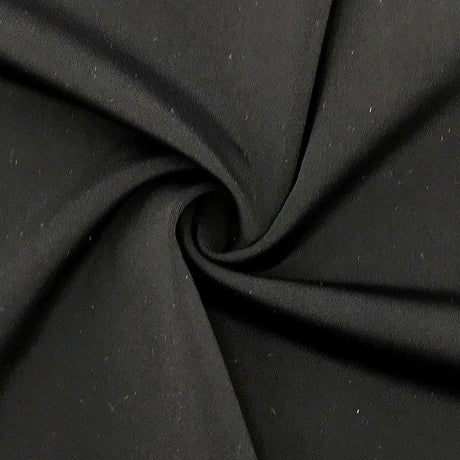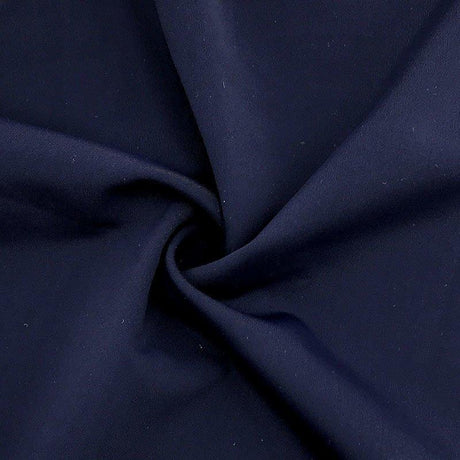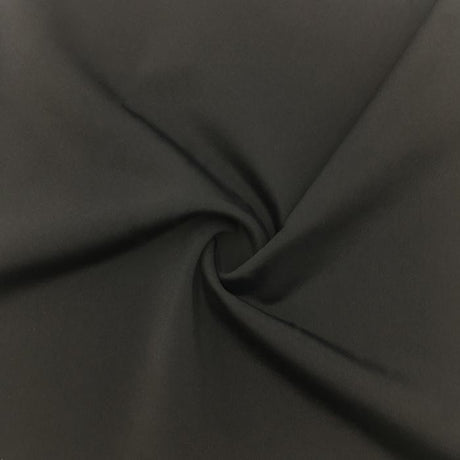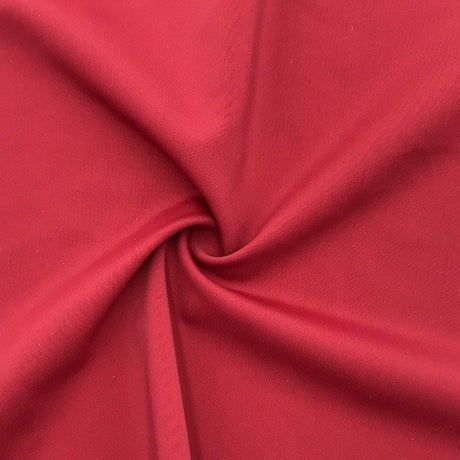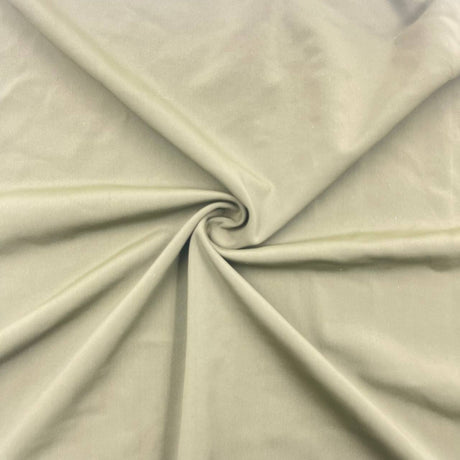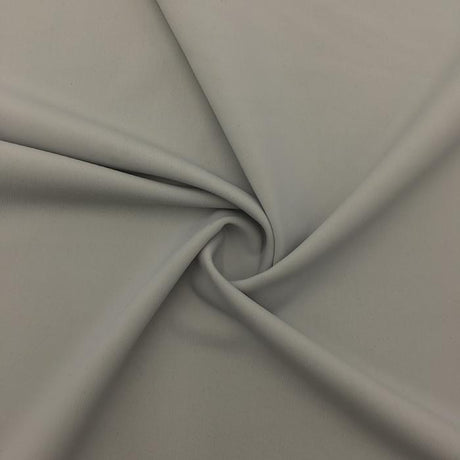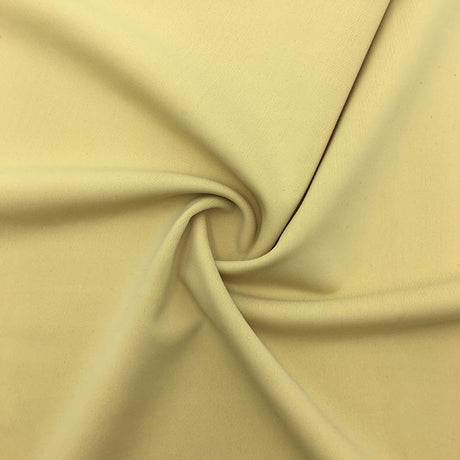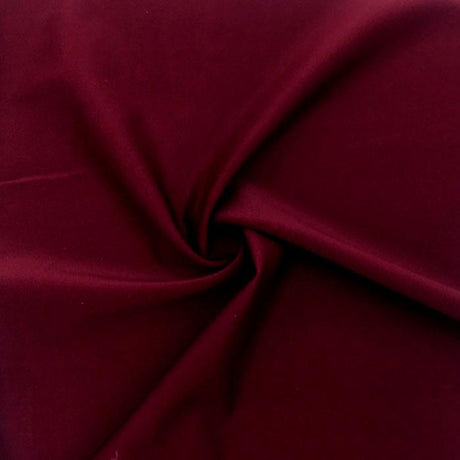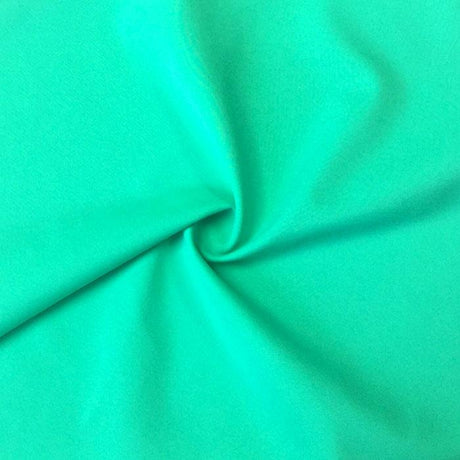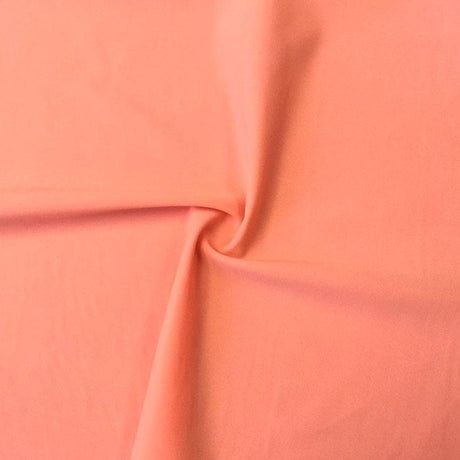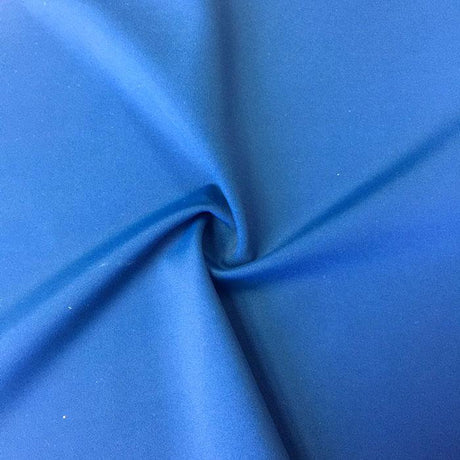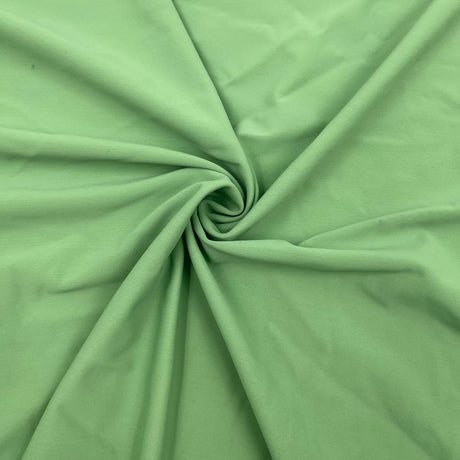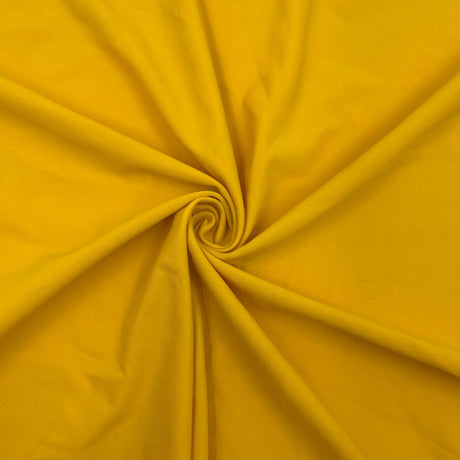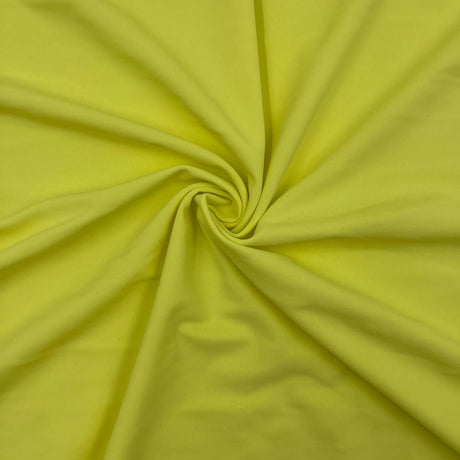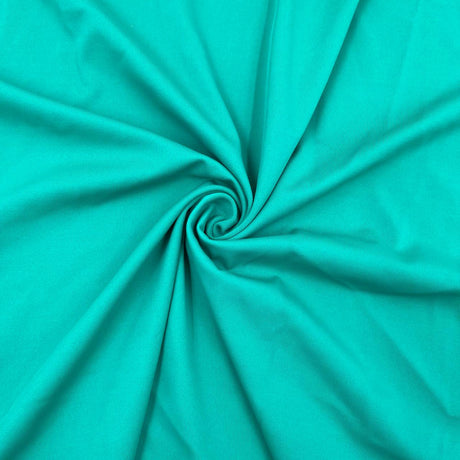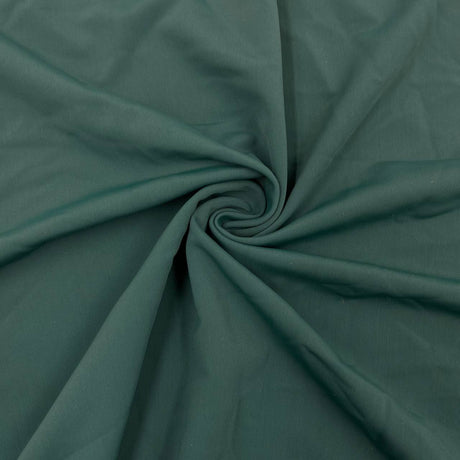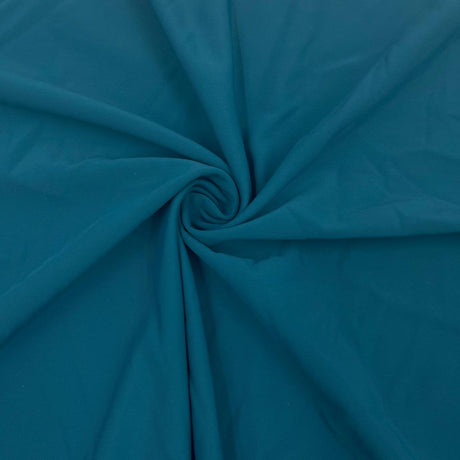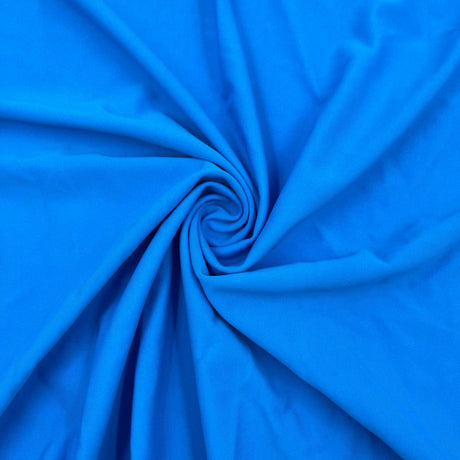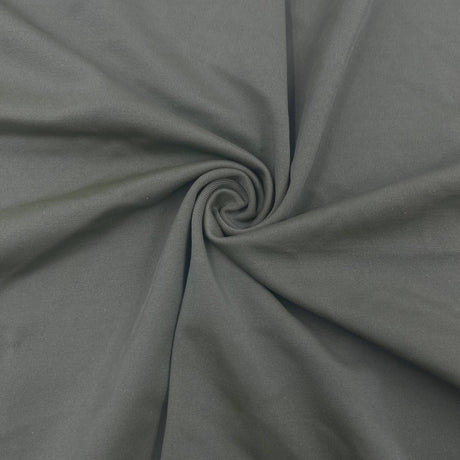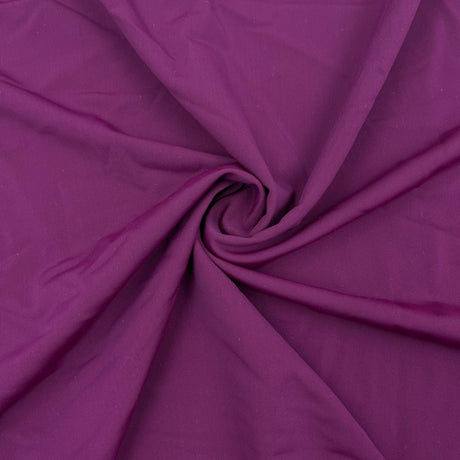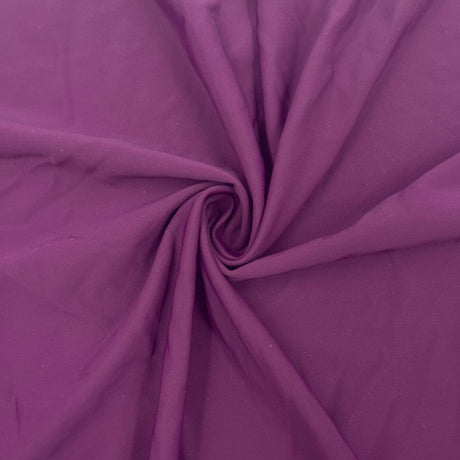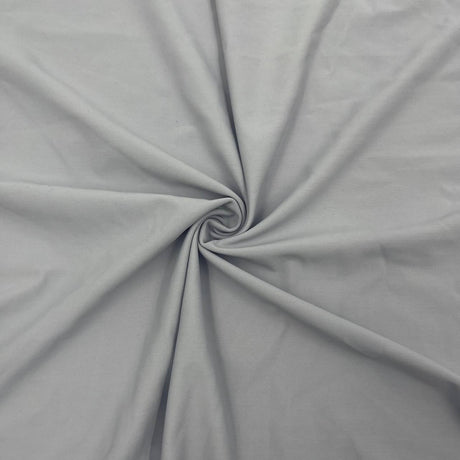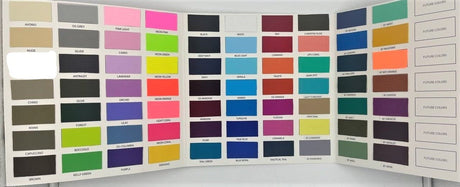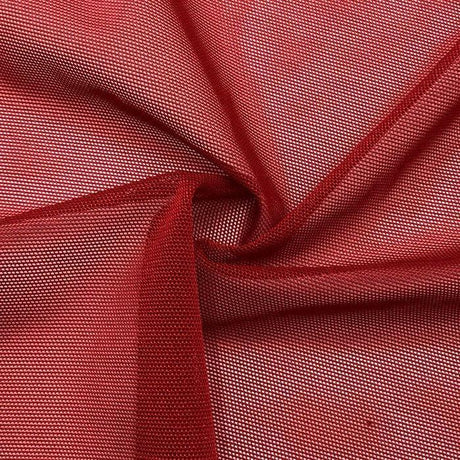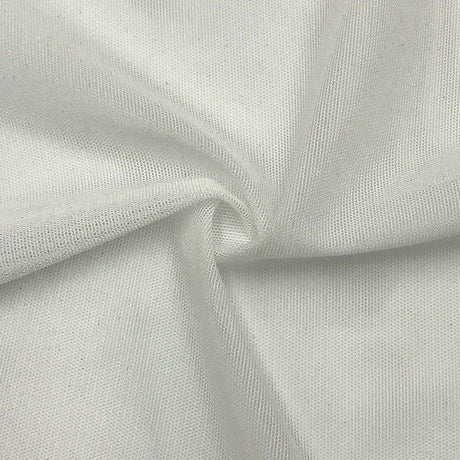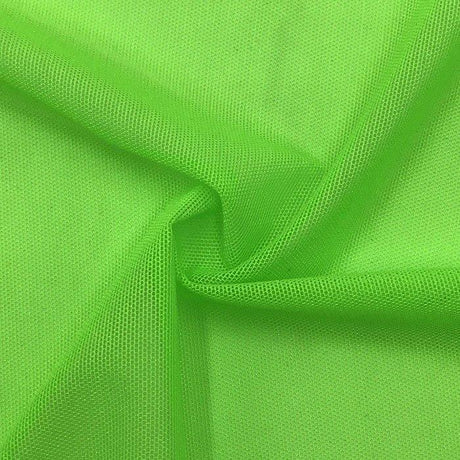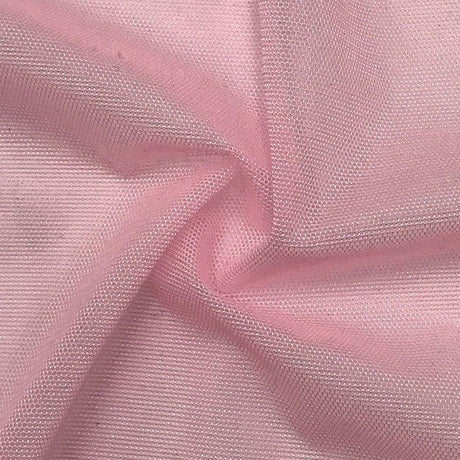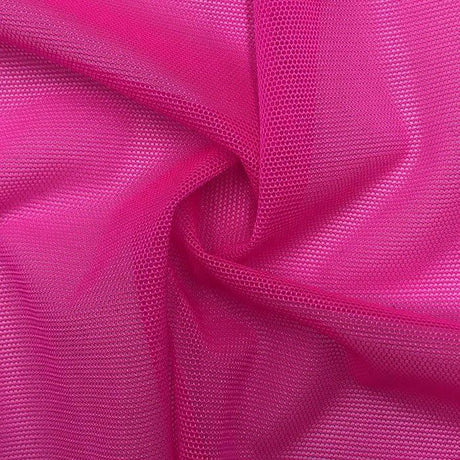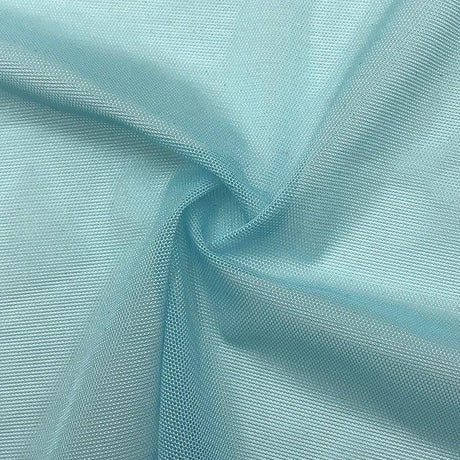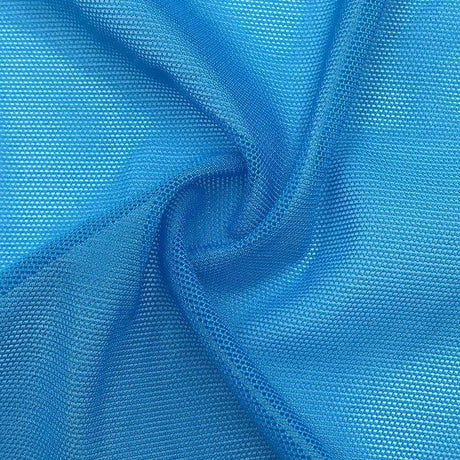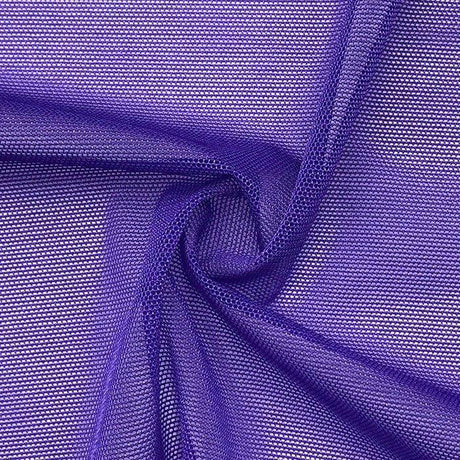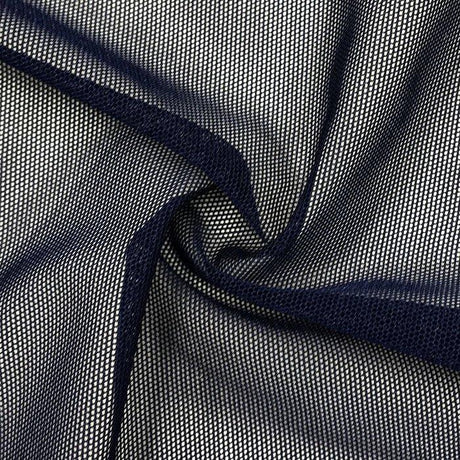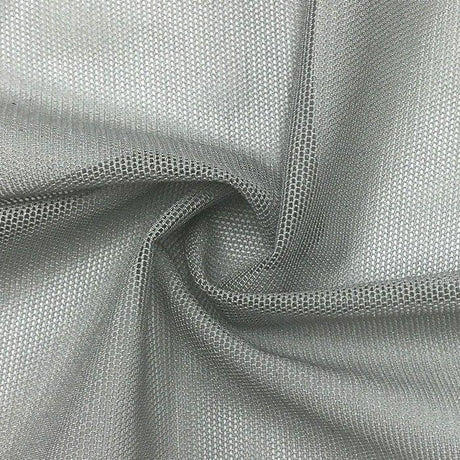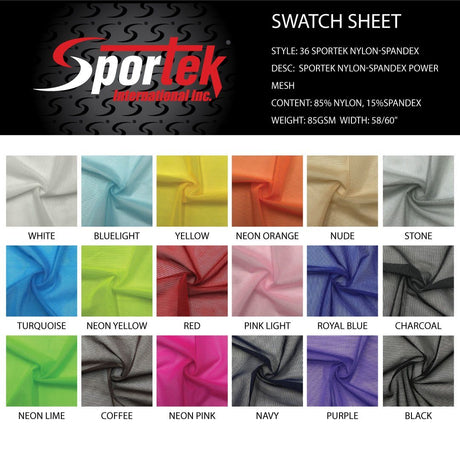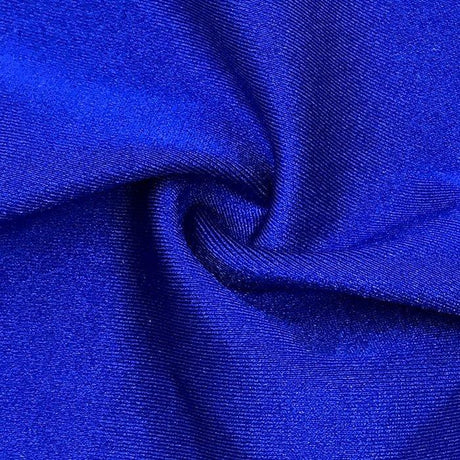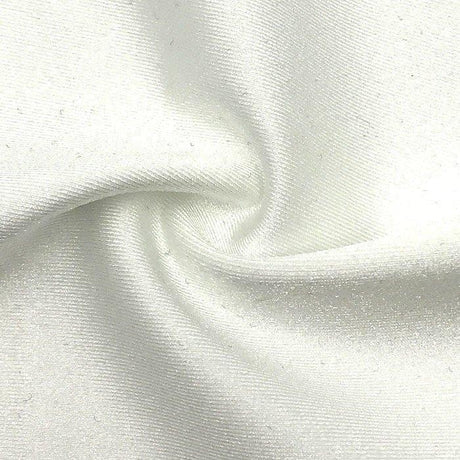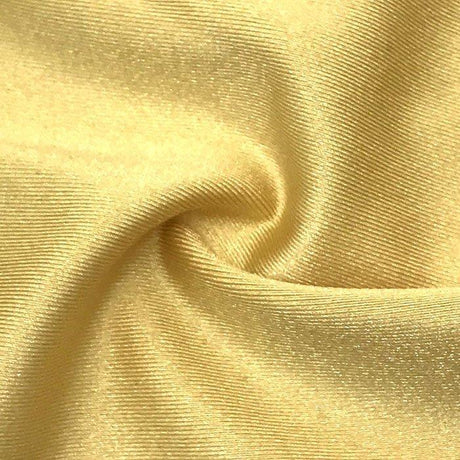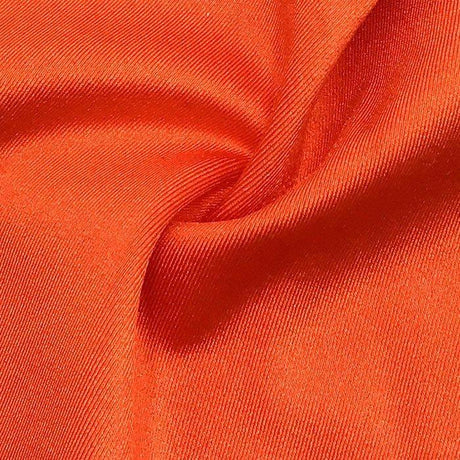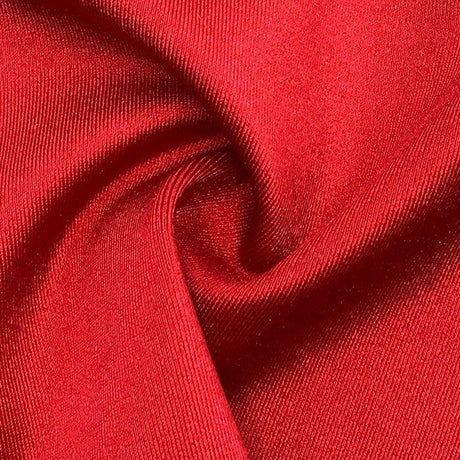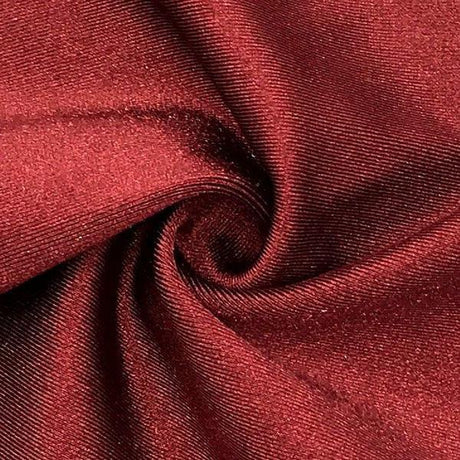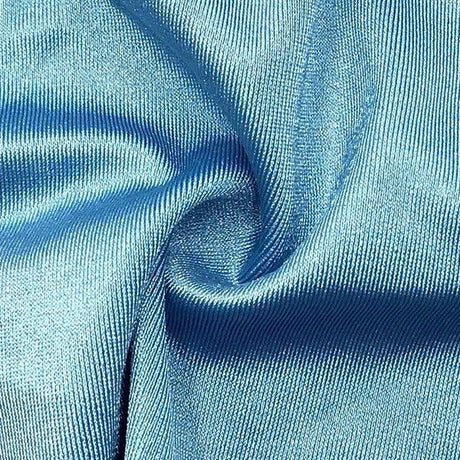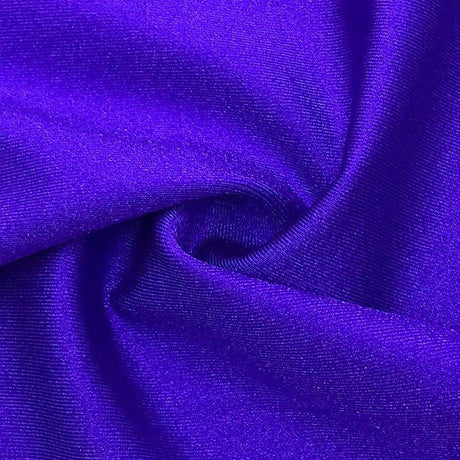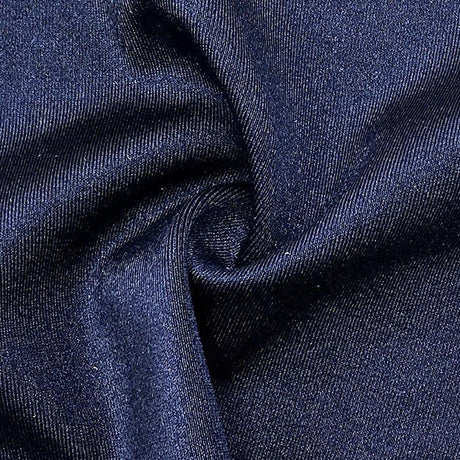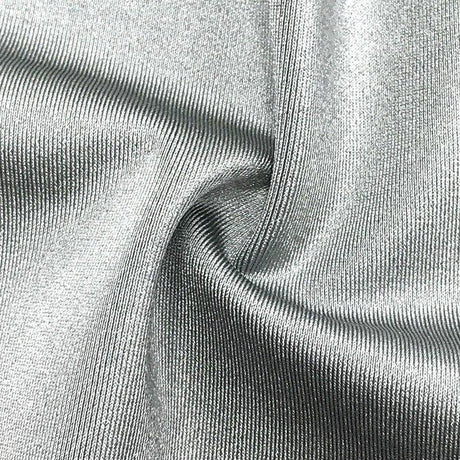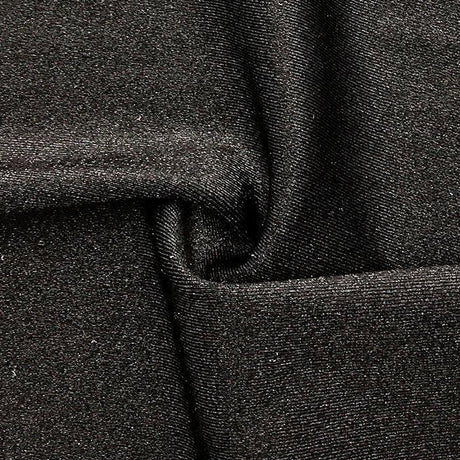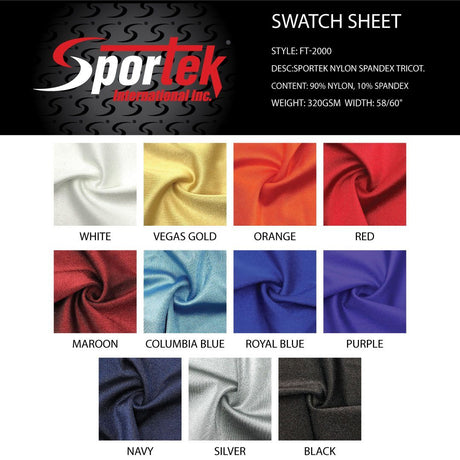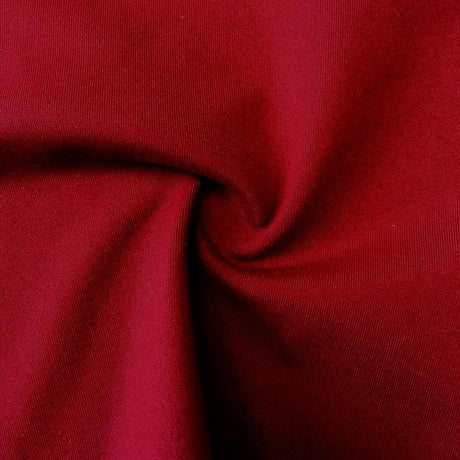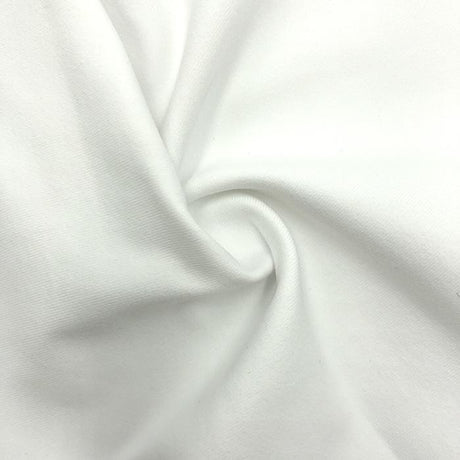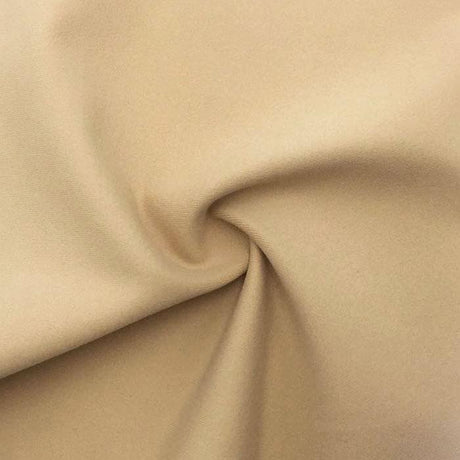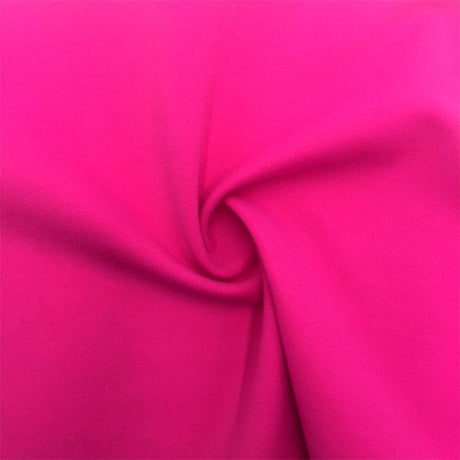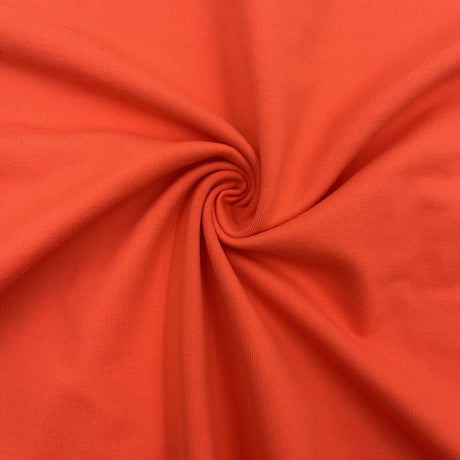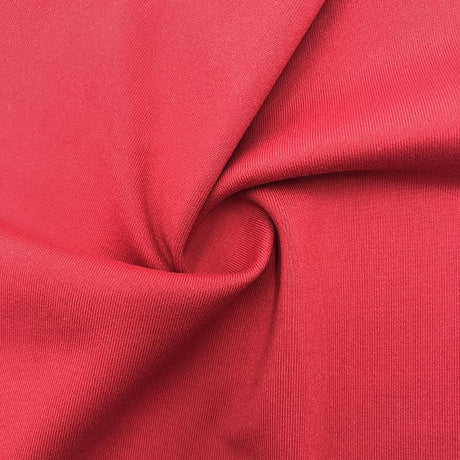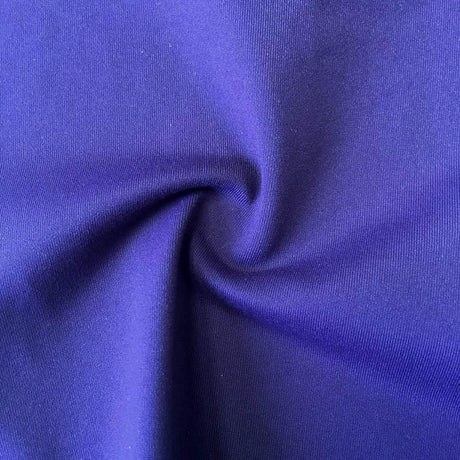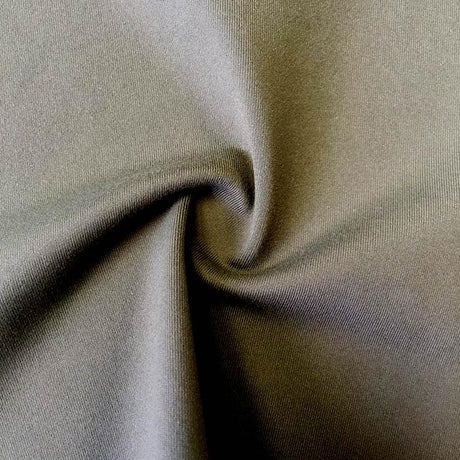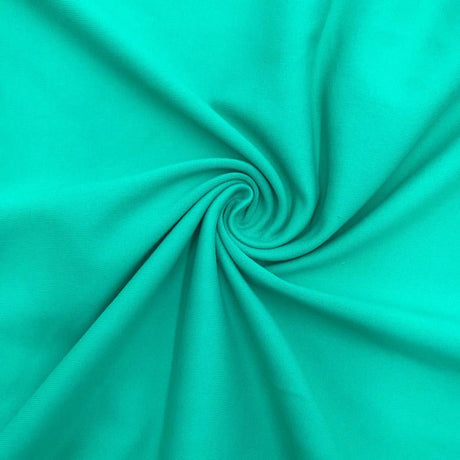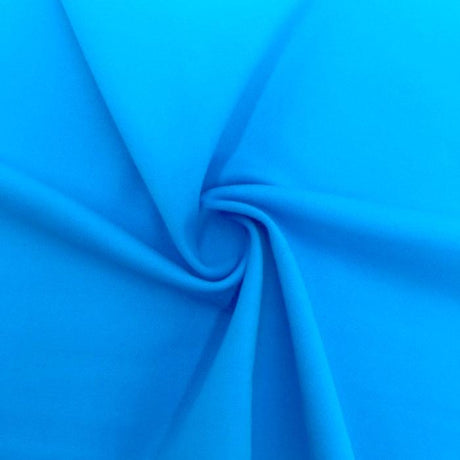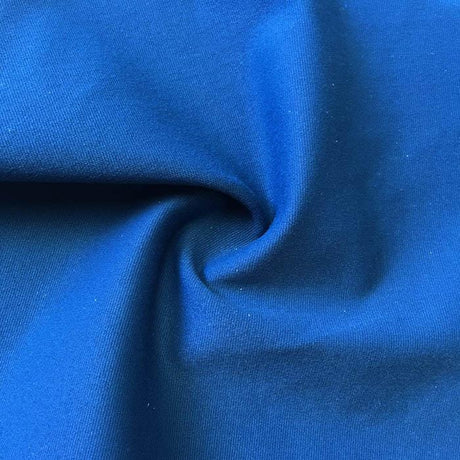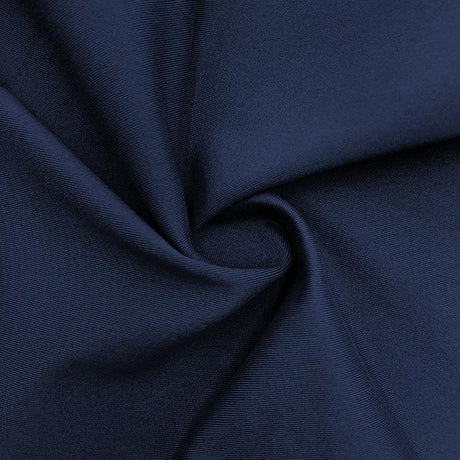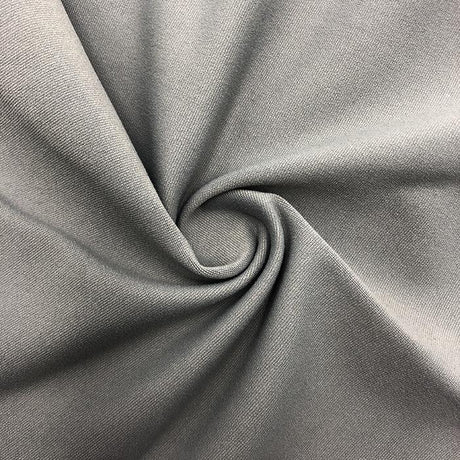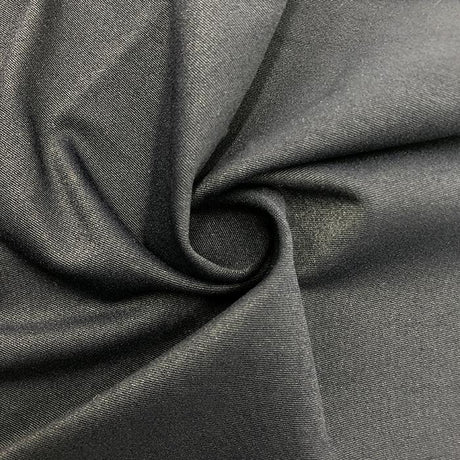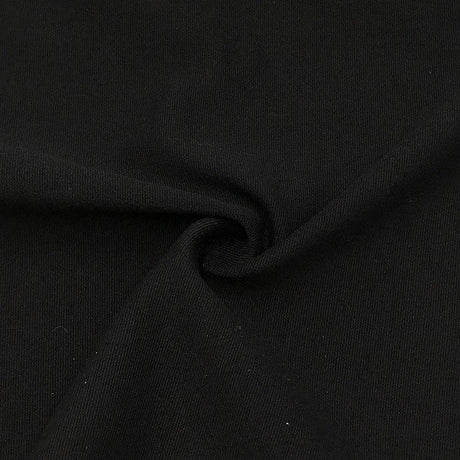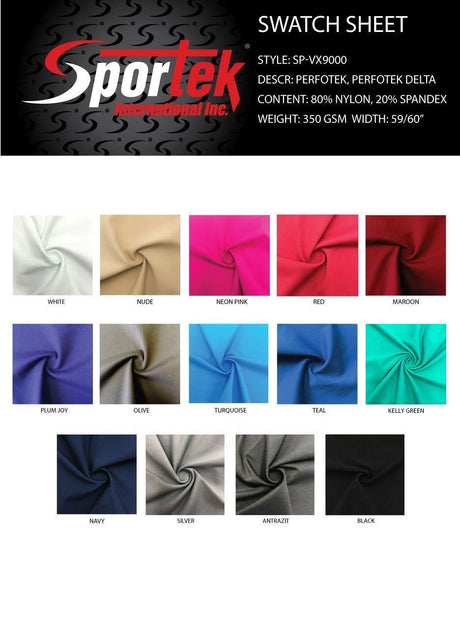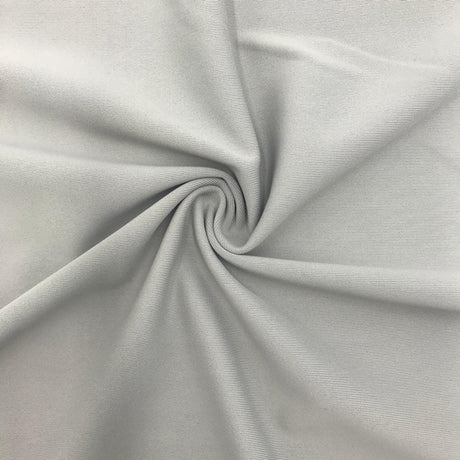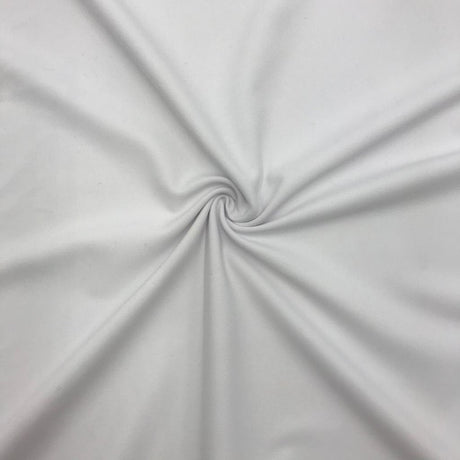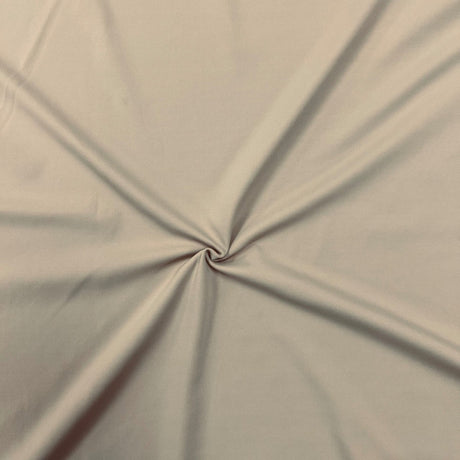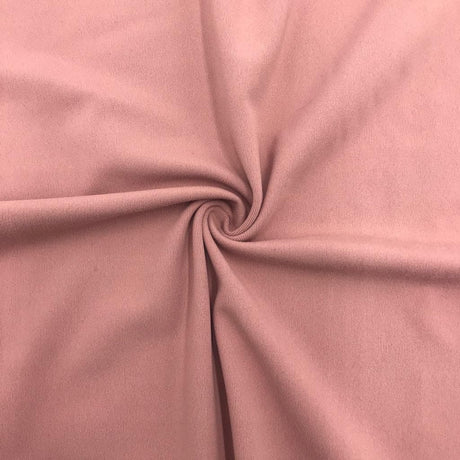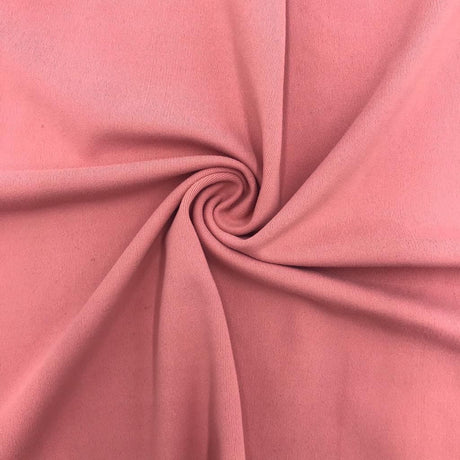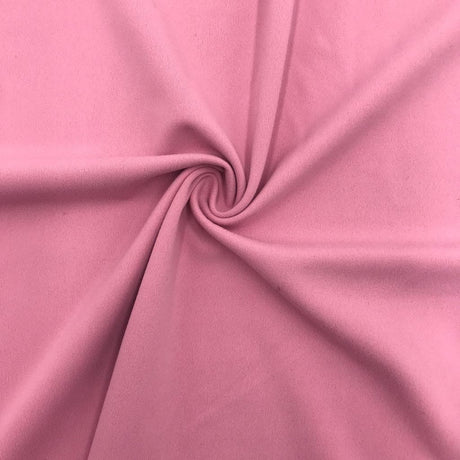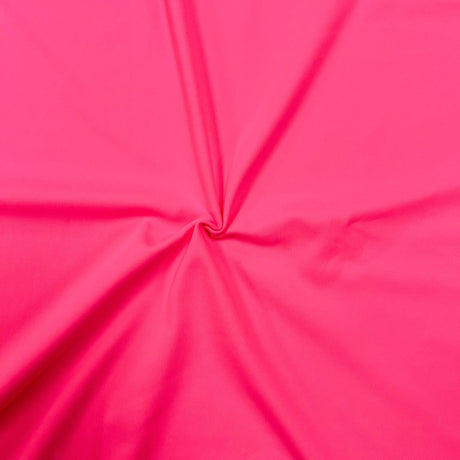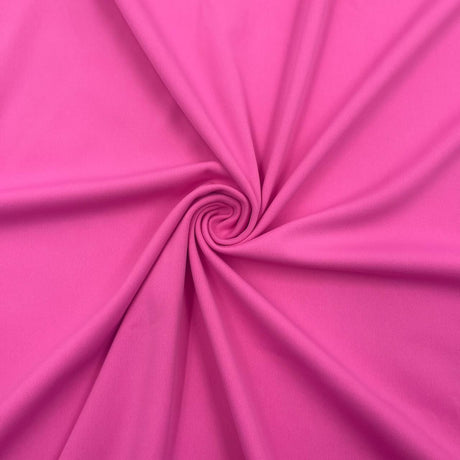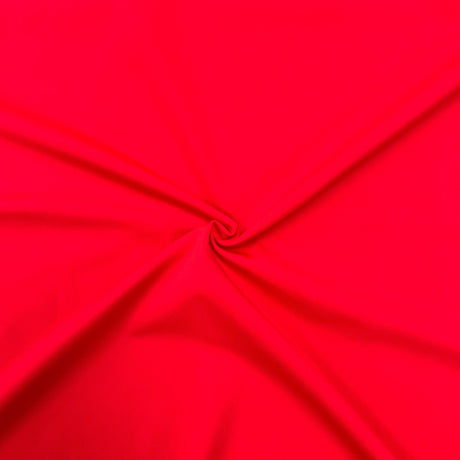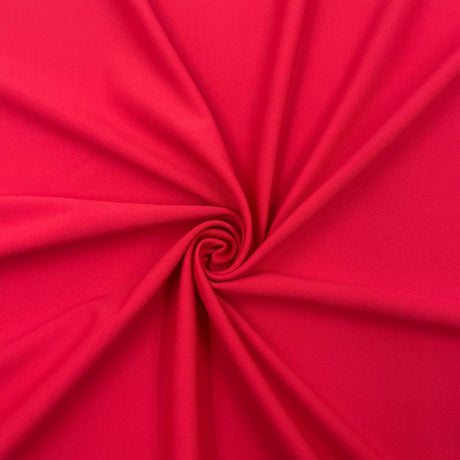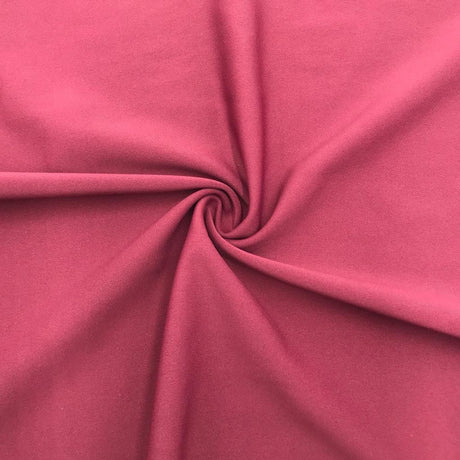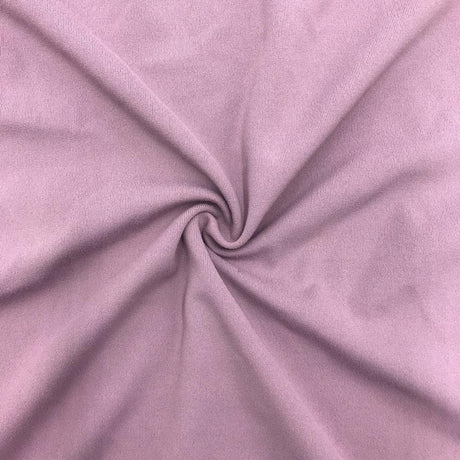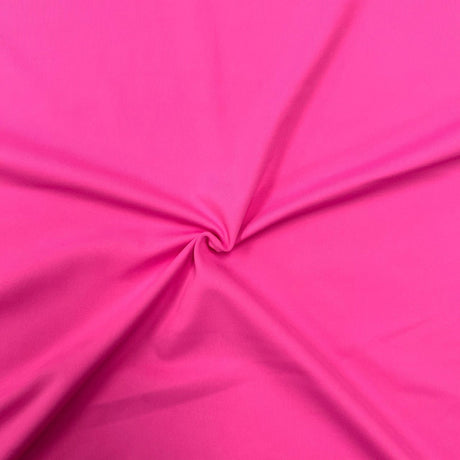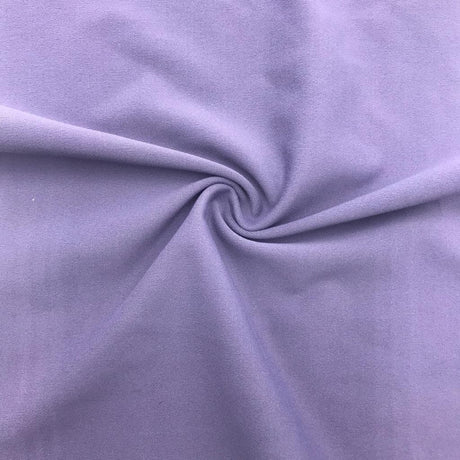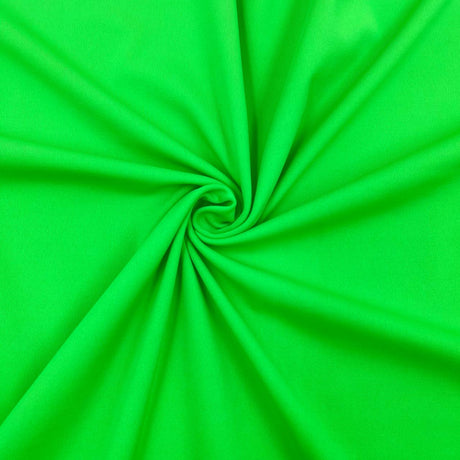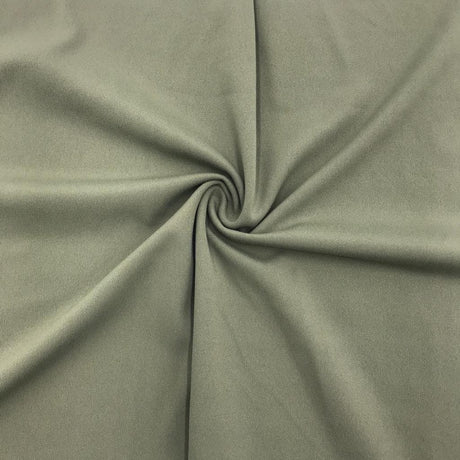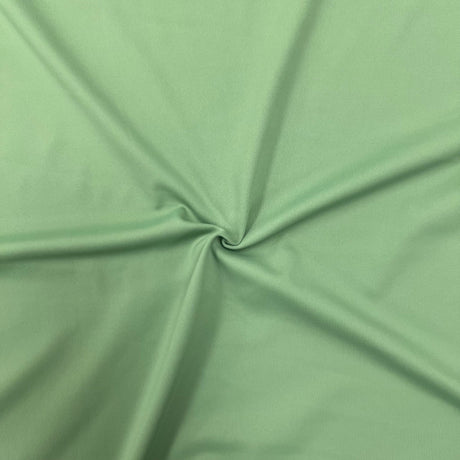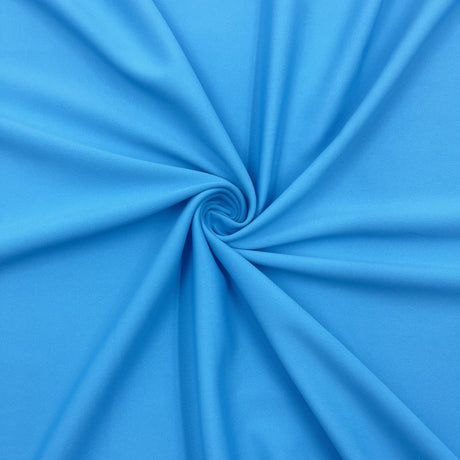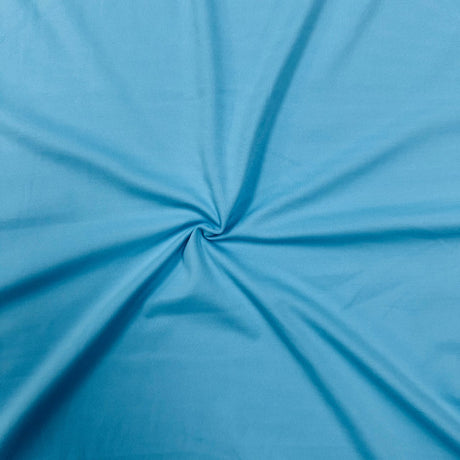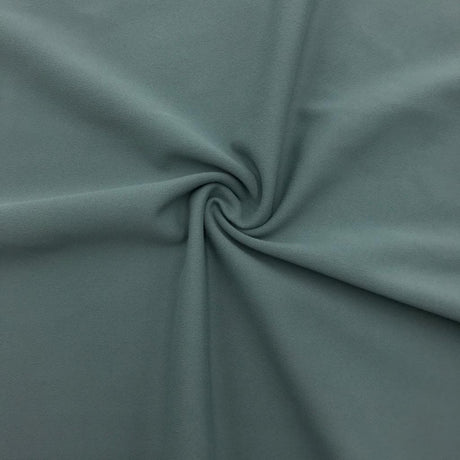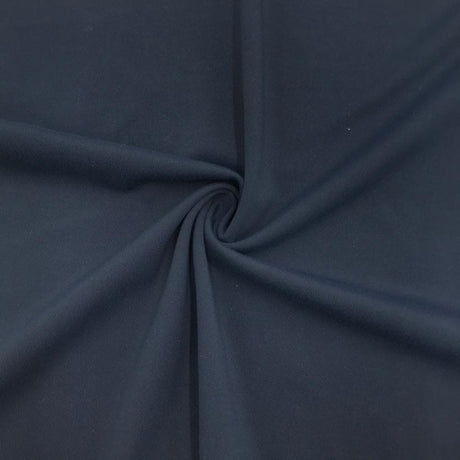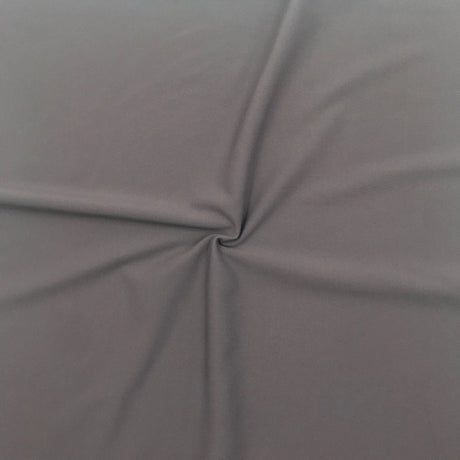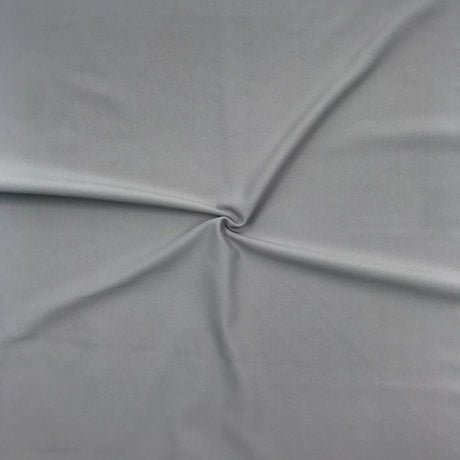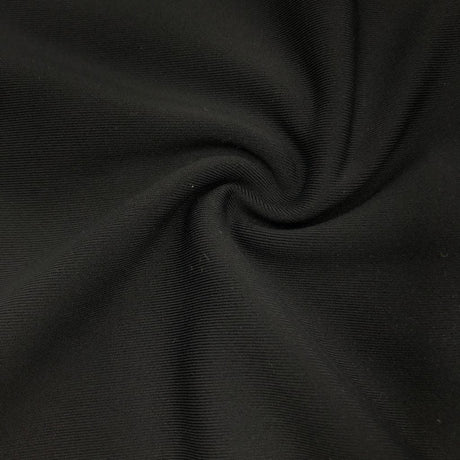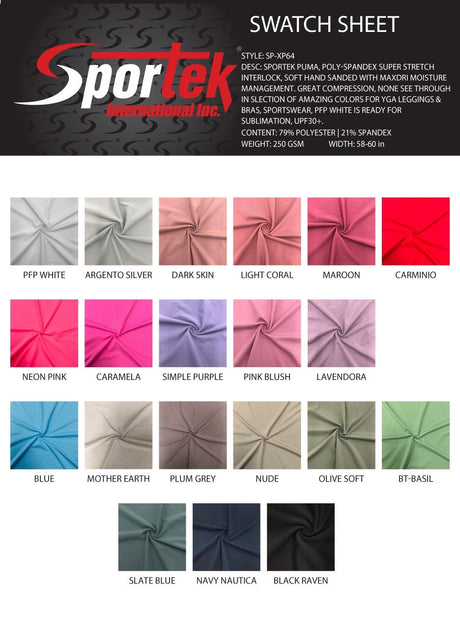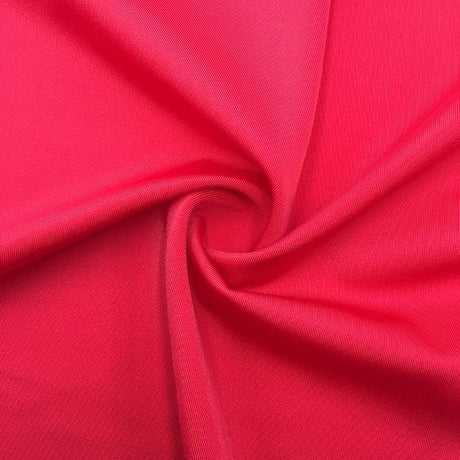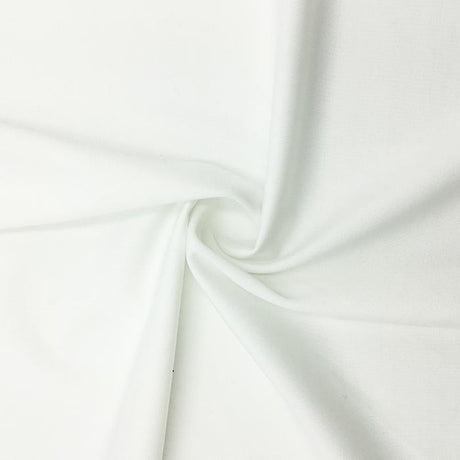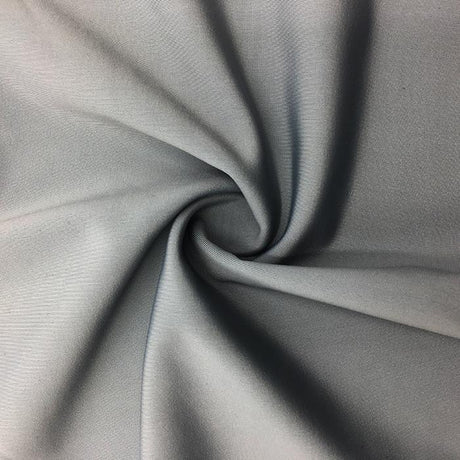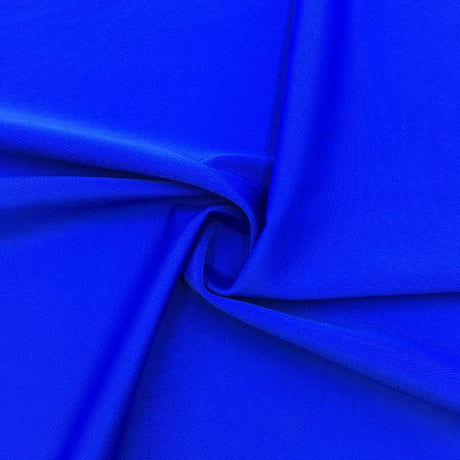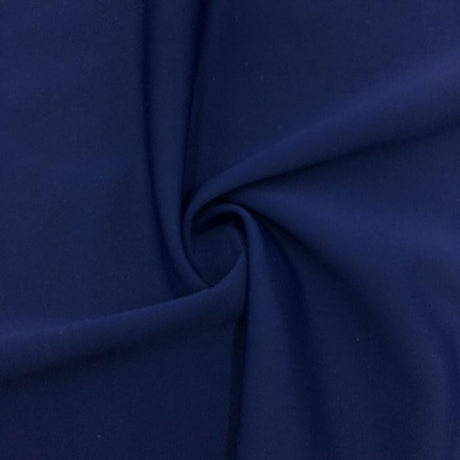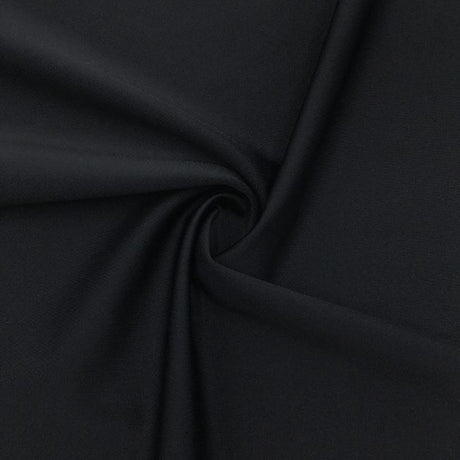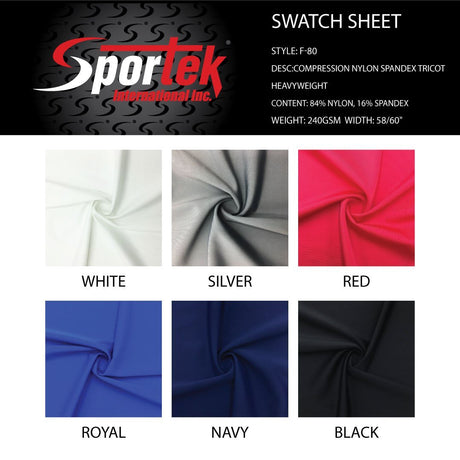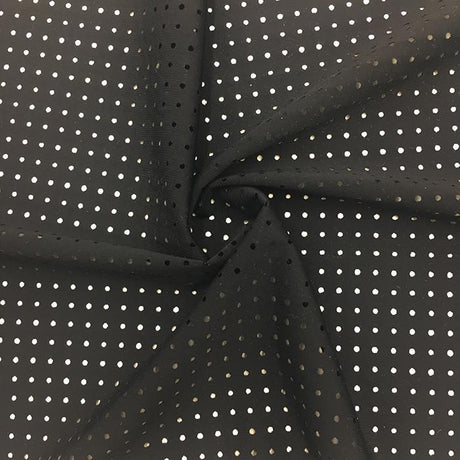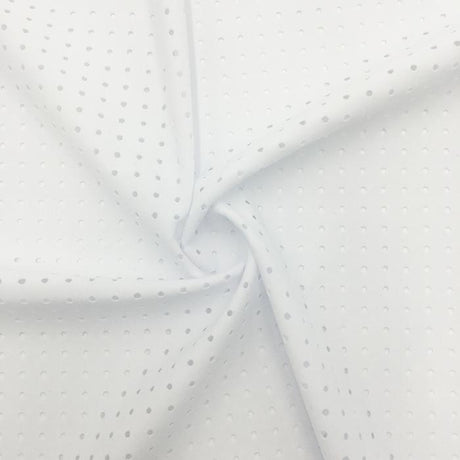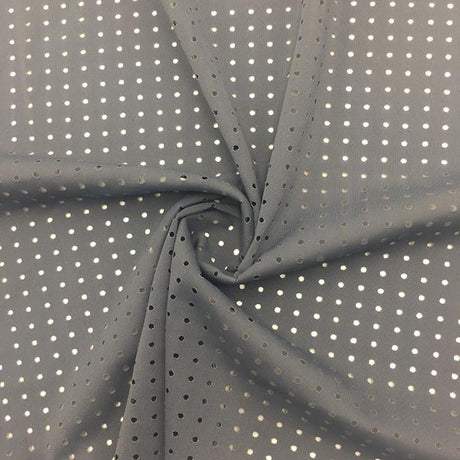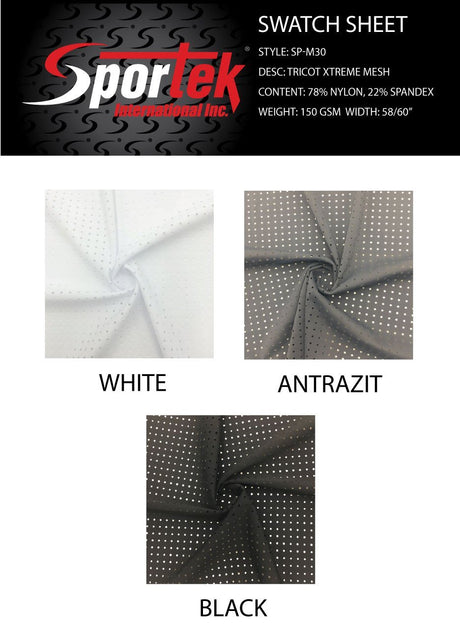The activewear market is booming, offering an incredible array of leggings, sports bras, tops, and shorts designed to enhance every workout. But have you ever stopped to consider what truly makes your favorite activewear piece so effective, comfortable, or durable? Beyond design and brand, the secret often lies in the fabric's composition – specifically, the spandex blend.
While spandex (also known as elastane or Lycra ™️) provides the essential stretch and recovery, it's almost always blended with other fibers like nylon, polyester, or cotton. Each blend creates a fabric with unique properties, making it more suitable for specific activities, climates, and desired performance outcomes. Choosing the right blend isn't just about comfort; it impacts everything from moisture management and breathability to durability, compression, and even the garment's longevity.
This comprehensive guide will demystify the world of spandex blends for activewear. We'll explore the most common combinations, their distinct advantages and disadvantages, and help you understand which blend is truly best for your specific athletic pursuits, whether you're a professional athlete, a dedicated yogi, or simply enjoy a comfortable active lifestyle.
The Foundation: Understanding Spandex in Activewear
Before diving into blends, let's quickly reiterate why spandex is the cornerstone of almost all modern activewear:
- Exceptional Stretch & Recovery: Spandex can stretch 5-8 times its original length and snap back, providing unparalleled freedom of movement and preventing garments from bagging out.
- Shape Retention: It helps garments maintain their form, ensuring a consistent fit even after repeated wear and washing.
- Comfort: The inherent stretch contributes significantly to the comfortable, "second-skin" feel of activewear.
- Durability (when blended): While spandex itself is strong, its blending with other fibers enhances the overall durability of the fabric, contributing to its longevity.
However, spandex rarely stands alone. Its properties are optimized and complemented by partnering fibers, each bringing its own strengths to the blend.
The Core Blends: Nylon Spandex vs. Polyester Spandex vs. Cotton Spandex
These three blends form the backbone of the activewear fabric market. Understanding their individual characteristics is crucial.
1. Nylon Spandex Blends (Polyamide Spandex)
Composition: Typically 80-90% Nylon, 10-20% Spandex (Elastane/Lycra)
Nylon (Polyamide): A synthetic fiber known for its exceptional strength, elasticity, and abrasion resistance. Nylon itself has some natural stretch, which is further enhanced by spandex.
Characteristics:
- Soft, Smooth Hand Feel: Often described as feeling "silky" or "buttery" against the skin.
- Excellent Stretch & Recovery: Highly elastic, offering great freedom of movement and maintaining shape.
- High Durability & Abrasion Resistance: Extremely strong, making it resistant to tearing, snagging, and pilling. This contributes to a long lifespan, even with intense use.
- Good Moisture Wicking: While not as strong as polyester, nylon does wick moisture away from the skin, though it can absorb more water than polyester.
- Quick Drying (relative): Dries faster than cotton but typically slower than polyester.
- Good Drape: Flows well and conforms beautifully to the body.
- Mildew and Abrasion Resistant: Inherently resistant to mold, mildew, and general wear and tear.
- Luxurious Look: Often has a slight sheen, giving garments a premium, sleek appearance.
- Less UV Resistant: Can degrade and lose strength when exposed to prolonged sunlight, though blends for swimwear may have added UV protection.
Ideal For:
- High-Performance Activewear: Yoga, Pilates, running, gym workouts, cycling, dance.
- Swimwear: Its smooth feel, durability, and stretch make it a top choice for swimsuits.
- Compression Wear: Excellent for leggings, shorts, and tops designed for muscle support and recovery.
- Everyday Leggings & Athleisure: Due to its comfort and flattering fit.
Pros:
- Superior softness and comfort.
- Exceptional durability and longevity.
- Great stretch and shape retention.
- Premium feel and appearance.
Cons:
- Can be more expensive than polyester spandex.
- Dries slightly slower than polyester.
- Can sometimes feel cooler on the skin, which may not be ideal in colder weather without proper layering.
- Less UV resistant over time if untreated.
2. Polyester Spandex Blends (Poly Spandex)
Composition: Typically 80-90% Polyester, 10-20% Spandex (Elastane/Lycra)
Polyester: A synthetic fiber renowned for its strength, wrinkle resistance, and excellent moisture management properties.
Characteristics:
- Excellent Moisture Wicking: The undisputed king of wicking. Polyester fibers are hydrophobic (water-repelling), drawing sweat away from the skin to the fabric's surface where it can evaporate quickly.
- Very Quick Drying: Dries incredibly fast, making it ideal for high-sweat activities and situations where quick turnaround is needed.
- High Durability & Strength: Strong and resistant to stretching, shrinking, and wrinkles. Less prone to pilling than some other blends.
- UV Resistance: Naturally more resistant to UV rays than nylon, making it a good choice for outdoor activewear.
- Colorfastness: Holds dyes exceptionally well, resulting in vibrant, long-lasting colors that resist fading.
- Lighter Weight (often): Can often be engineered to be lighter in weight than nylon spandex, making it ideal for garments where minimal bulk is desired.
- Less Soft Hand Feel (traditionally): Historically, polyester could feel a bit stiffer or more "plastic-y" than nylon. However, modern manufacturing techniques (like brushing or microfibers) have significantly improved its softness, making it competitive with nylon.
Ideal For:
- High-Intensity Workouts: Running, HIIT, CrossFit, cycling – any activity where heavy sweating is expected.
- Outdoor Activewear: Hiking, climbing, running in sunny conditions due to its UV resistance.
- Team Sports Uniforms: Durability, moisture-wicking, and good color retention are key.
- Sublimation Printing: Polyester's ability to hold dye makes it perfect for intricate, vibrant designs applied through sublimation.
Pros:
- Superior moisture wicking and quick drying.
- Excellent UV resistance.
- Great colorfastness.
- Often more affordable than nylon spandex.
- Very durable and resistant to shrinking/stretching.
Cons:
- Traditionally less soft than nylon, though this is changing with newer technologies.
- Can sometimes retain odors more easily than nylon or cotton (though anti-microbial treatments help).
- Less breathable than cotton.
3. Cotton Spandex Blends
Composition: Typically 90-95% Cotton, 5-10% Spandex (Elastane/Lycra)
Cotton: A natural fiber prized for its softness, breathability, and comfort.
Characteristics:
- Exceptional Softness & Comfort: Known for its natural, soft feel against the skin.
- High Breathability: Allows air to circulate freely, making it comfortable in moderate temperatures.
- Hypoallergenic: Less likely to cause skin irritation compared to synthetic fibers, making it suitable for sensitive skin.
- Good Absorbency: Absorbs sweat effectively, which can be a double-edged sword for activewear.
- Limited Stretch & Recovery (compared to synthetics): While spandex adds stretch, cotton's inherent properties mean these blends typically offer less stretch and bounce-back than nylon or polyester blends, and can bag out over time.
- Slow Drying: Cotton absorbs a lot of moisture and dries slowly, which can leave you feeling damp and heavy during intense workouts.
- Prone to Shrinking & Fading: Can shrink in the wash and fade over time, especially with frequent use and washing.
- Less Durable: More prone to wrinkling, pilling, and losing shape compared to synthetic blends, especially under strenuous activity.
Ideal For:
- Low-Impact Activities: Yoga (gentle flows), Pilates, lounging, casual everyday wear.
- Loungewear & Sleepwear: Where ultimate softness and breathability are prioritized over high-performance wicking.
- Sensitive Skin: A good option for those who react to synthetic fabrics.
- Casual Activewear: For light workouts or general comfort where moisture management isn't a primary concern.
Pros:
- Unmatched natural softness and comfort.
- Excellent breathability.
- Hypoallergenic.
- Generally more affordable.
Cons:
- Poor moisture wicking (gets saturated quickly).
- Very slow drying.
- Less durable for high-intensity or frequent active use.
- Prone to shrinking, fading, and bagging out.
- Can feel heavy and damp when saturated with sweat.
Beyond the Basics: Advanced Blends and Features
The activewear market is constantly innovating, leading to more specialized blends and fabric treatments.
4. Blends with Rayon/Viscose Spandex
Composition: Typically 80-90% Rayon/Viscose, 10-20% Spandex
Rayon (Viscose): A semi-synthetic fiber derived from wood pulp. It has a beautiful drape and a silky feel.
Characteristics:
- Luxurious Softness & Drape: Offers an incredibly soft, smooth, and flowing hand feel, often mimicking silk.
- Breathable: More breathable than full synthetics.
- Good Absorbency: Absorbs moisture well, but also dries slowly like cotton.
- Moderate Durability: Not as durable as nylon or polyester, and can be prone to wrinkling.
- Less Resilient: Can lose shape more easily than synthetic blends.
Ideal For:
- Loungewear & Casual Activewear: Where aesthetics, luxurious comfort, and drape are prioritized over performance.
- Fashion-Forward Activewear: For pieces designed to transition seamlessly from workout to street wear.
Pros:
- Exceptional softness and elegant drape.
- Breathable and comfortable.
Cons:
- Poor moisture management for high-sweat activities.
- Less durable and resilient than synthetic blends.
- Prone to wrinkling.
5. Specialized Spandex Blends and Treatments
Manufacturers are always looking for ways to enhance activewear performance. Here are some common additions and treatments:
- Blends with Silver or Carbon Fibers: These are incorporated to provide anti-microbial and anti-odor properties, helping to prevent the growth of bacteria that cause unpleasant smells, especially common in polyester blends.
- Brushed Interior: Many nylon and polyester spandex fabrics feature a brushed interior (sometimes called "peach skin" or "fleece lined"). This process creates a soft, fuzzy texture on the inside, enhancing comfort, providing extra warmth (for cold weather gear), and sometimes improving moisture wicking.
- Compression Finishes: Some fabrics undergo specific finishing processes to enhance their compression capabilities, providing targeted support to muscles.
- UV Protection: Fabrics designed for outdoor use often have a UPF (Ultraviolet Protection Factor) rating, meaning they've been treated or constructed to block a significant amount of harmful UV radiation. Polyester blends tend to have a natural advantage here.
- Water-Repellent Coatings (DWR): For outdoor activewear (jackets, pants), a Durable Water Repellent finish can be applied to the fabric surface, causing water to bead up and roll off, keeping the wearer dry.
- Recycled Spandex Blends: With a growing focus on sustainability, many brands are incorporating recycled polyester/nylon blended with virgin or recycled spandex to reduce environmental impact. These blends aim to offer comparable performance to their virgin counterparts.
Choosing the Best Blend for Your Activity: A Practical Guide
The "best" spandex blend is entirely dependent on your specific needs and the type of activity you'll be doing. Here's a breakdown by activity type:
1. High-Intensity & High-Sweat Activities (Running, HIIT, CrossFit, Cycling, Spinning)
- Primary Needs: Superior moisture wicking, quick drying, durability, compression, odor control.
- Recommended Blend: Polyester Spandex (80-90% Polyester, 10-20% Spandex).
- Why: Polyester's excellent wicking and quick-drying properties are paramount. It keeps you dry and comfortable, preventing chafing. Its durability stands up to rigorous movement and frequent washing. Look for blends with anti-microbial treatments for odor control.
- Considerations: Look for brushed finishes for added comfort, especially in colder climates. Ensure a good spandex percentage (15-20%) for adequate compression and support.
2. Yoga, Pilates & Low-Impact Activities
- Primary Needs: Flexibility, softness, comfort, breathability, good drape, opacity during stretching.
- Recommended Blends:
- Nylon Spandex (80-90% Nylon, 10-20% Spandex): Offers a supremely soft, buttery feel, excellent stretch, and beautiful drape. It's opaque and comfortable for holding poses.
- Cotton Spandex (90-95% Cotton, 5-10% Spandex): For those prioritizing natural fibers, extreme softness, and breathability, especially for gentle yoga or restorative practices. Be aware of slower drying times if you sweat a lot.
- Why: The focus here is on comfort and freedom of movement. Nylon blends excel in softness and recovery, while cotton blends provide natural breathability.
- Considerations: For cotton blends, ensure the spandex percentage is adequate to prevent bagging. For nylon, check the GSM (weight) to ensure sufficient opacity.
3. Swimming & Water Sports
- Primary Needs: Chlorine resistance, UV protection, excellent stretch & recovery, quick drying, durability, colorfastness.
- Recommended Blend: Nylon Spandex (80-85% Nylon, 15-20% Spandex) with specific treatments, or Polyester Spandex (80-85% Polyester, 15-20% Spandex).
- Why: Both can be used. Nylon spandex with chlorine-resistant treatments (like Xtra Life Lycra) is traditional, offering a smooth feel and great fit. Polyester spandex is gaining popularity for swimwear due to its superior chlorine and UV resistance, as well as excellent colorfastness, making it highly durable in chlorinated and sunny environments.
- Considerations: Always look for specific "chlorine resistant" or "UV protective" claims. A higher spandex content is crucial for a snug, supportive fit that stays put in water.
4. Outdoor Activities (Hiking, Climbing, Winter Sports)
- Primary Needs: Durability, weather resistance (UV, water), warmth (for colder climates), breathability, moisture management.
- Recommended Blends: Polyester Spandex (85-90% Polyester, 10-15% Spandex) often with brushed interior or fleece lining.
- Why: Polyester's natural UV resistance and quick-drying properties are valuable for varying outdoor conditions. Brushed interiors provide warmth without bulk. Durability is key for resisting abrasion from rocks, branches, etc.
- Considerations: For very cold conditions, look for thicker, fleece-backed polyester spandex or layering systems. Water-repellent finishes might be beneficial for outerwear.
5. Everyday Activewear & Athleisure
- Primary Needs: Comfort, style, versatility, moderate durability, good fit.
- Recommended Blends:
- Nylon Spandex (80-85% Nylon, 15-20% Spandex): For a luxurious, soft, and flattering feel that transitions well from the gym to casual outings.
- Cotton Spandex (90-95% Cotton, 5-10% Spandex): For ultimate natural comfort and breathability in more relaxed settings.
- Why: The choice depends on personal preference for feel and desired performance. Nylon offers more performance-oriented comfort, while cotton is purely for natural softness.
- Considerations: For daily wear, assess pilling resistance and shape retention over time.
Key Factors When Evaluating Spandex Blends (Beyond Composition)
While the fiber blend is paramount, other factors significantly influence a fabric's performance:
- Spandex Percentage:
- 5-10% Spandex: Offers comfort stretch, good for cotton blends or light stretch in wovens.
- 10-15% Spandex: Common for general activewear, providing good stretch and recovery.
- 15-25% Spandex: Essential for high-compression wear, swimwear, and garments requiring maximum stretch and recovery.
- Fabric Weight (GSM - Grams per Square Meter):
- Lightweight (120-180 GSM): Breathable, airy, good for summer tops or lining.
- Mid-Weight (180-250 GSM): Versatile, balanced for most activewear leggings and tops.
- Heavy-Weight (250-400+ GSM): Provides high compression, maximum opacity, and superior durability, ideal for serious performance wear.
- Relationship: A higher GSM often means more coverage and support, regardless of blend.
- Knit Type (for Knitted Fabrics):
- Jersey Knit: Smooth on one side, looped on the other; common and versatile.
- Interlock Knit: Two layers of jersey knit joined together, making it thicker, more stable, and less likely to curl; often used for higher quality leggings.
- Rib Knit: Creates vertical ribs, offering a lot of stretch and recovery.
- Jacquard Knit: Allows for intricate patterns to be knitted directly into the fabric, adding texture and design complexity.
- Finish & Treatments:
- Brushed/Sueded: Softens the fabric for comfort or warmth.
- Anti-Microbial/Odor Control: Prevents bacterial growth, keeping garments fresher.
- Wicking/Quick-Dry: Enhances moisture management (though polyester inherently excels here).
- UPF/UV Protection: Protects against sun exposure.
- Compression Finish: Enhances muscle support.
- Quality of Fibers & Manufacturing:
- Not all nylon or polyester is created equal. High-quality virgin fibers and precise manufacturing processes (knitting, dyeing, finishing) lead to superior fabric performance, feel, and durability, regardless of the blend.
- Reputable fabric suppliers will often provide detailed specifications and even certifications (e.g., OEKO-TEX for safety).
Making Your Decision: A Step-by-Step Approach
- Define Your Primary Activity: What will the garment primarily be used for? (e.g., intense running, gentle yoga, swimming, daily wear).
- Prioritize Key Performance Needs: Based on the activity, what are the most crucial features? (e.g., moisture wicking, softness, compression, durability, UV protection).
- Consider Climate/Environment: Will you be exercising in hot, humid, cold, or sunny conditions?
- Think About Desired Feel & Fit: Do you prefer a buttery soft feel, a structured compression, or natural breathability? How form-fitting do you want it to be?
- Review the Common Blends: Use the guide above to narrow down the most suitable blend(s) based on your needs.
- Check Additional Specifications: Look for GSM, specific finishes (brushed, anti-odor), and spandex percentage.
- Read Product Descriptions & Reviews: For finished garments, product descriptions often detail the blend and its benefits. Reviews can provide real-world insights into performance.
- Order Swatches (for manufacturers/sewers): If you're buying fabric, always order swatches to feel the hand, test the stretch, and observe the drape before committing to a larger purchase.
Frequently Asked Questions (FAQ)
Q1: What's the best spandex blend for high-intensity workouts? A1: For high-intensity workouts, Polyester Spandex (80-90% Polyester, 10-20% Spandex) is generally the best choice. Polyester excels in moisture wicking and quick drying, keeping you dry and comfortable even during heavy sweating. Look for blends with added anti-microbial properties for odor control.
Q2: Is nylon spandex or polyester spandex softer? A2: Traditionally, Nylon Spandex has been known for its superior softness and silky, "buttery" hand feel. However, advancements in manufacturing have significantly improved the softness of Polyester Spandex, with many modern polyester blends now feeling very soft, especially those with a brushed finish. The "best" in terms of softness can now be quite subjective and depend on the specific fabric.
Q3: Why do my cotton spandex leggings get baggy? A3: Cotton spandex leggings can get baggy because cotton, while soft and breathable, has less inherent elastic recovery compared to synthetic fibers like nylon or polyester. Even with spandex blended in, the cotton fibers themselves will absorb moisture and stretch more permanently over time, leading to less effective recovery and a looser fit. For better shape retention, consider nylon or polyester spandex blends.
Q4: Can spandex activewear be worn for swimming? A4: While activewear containing spandex can get wet, not all activewear is suitable for swimming, especially in chlorinated pools. Nylon Spandex or Polyester Spandex specifically designed and treated for swimwear is recommended. These blends will have enhanced chlorine resistance, UV protection, and superior durability against pool chemicals and sun exposure, preventing premature degradation and fading.
Q5: What percentage of spandex is ideal for activewear compression? A5: For true activewear compression, you typically need a higher percentage of spandex. Look for blends with at least 15% to 25% spandex. This higher concentration of elastic fibers provides the necessary firm stretch and excellent recovery to exert consistent pressure on muscles, aiding support and circulation.
Conclusion
The activewear you choose is more than just a fashion statement; it's a critical component of your performance and comfort. The unsung hero in this equation is often the fabric blend, particularly the thoughtful combination of spandex with other fibers. By understanding the distinct properties of Nylon Spandex, Polyester Spandex, and Cotton Spandex, along with specialized treatments and manufacturing techniques, you gain the power to select activewear that precisely meets your needs.
From the sweat-wicking prowess of polyester blends perfect for intense runs to the buttery softness of nylon blends ideal for tranquil yoga sessions, each composition offers a unique advantage. Make informed choices, and you'll not only enhance your athletic experience but also invest in activewear that lasts longer, performs better, and keeps you comfortable, no matter how you move.
Ready to explore the perfect blend for your next project or personal activewear collection? Discover our extensive range of high-quality spandex blends, tailored for every athletic pursuit, at SpandexByYard.com. Our detailed product specifications will help you find the ideal fabric composition to achieve peak performance and ultimate comfort.

